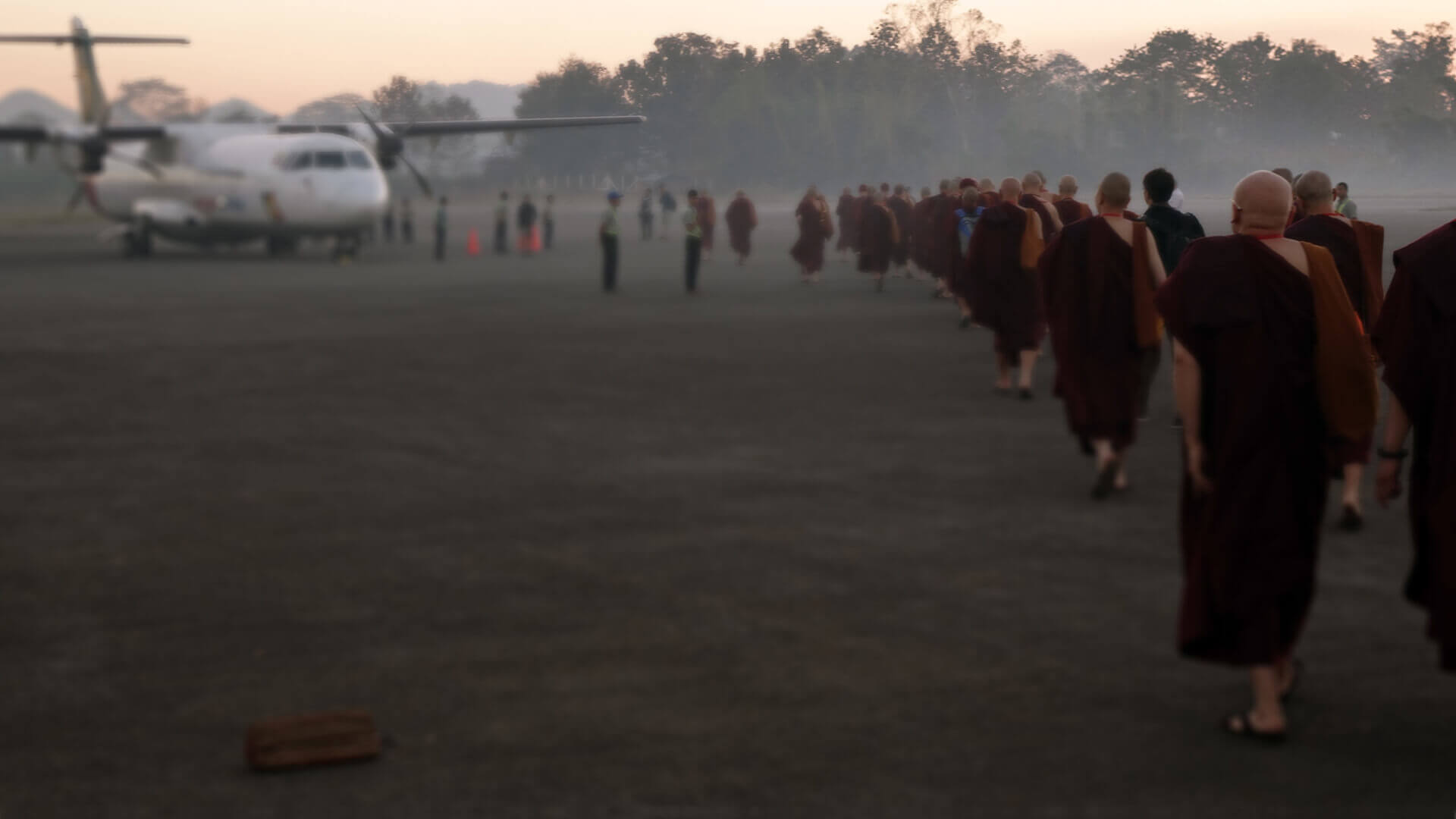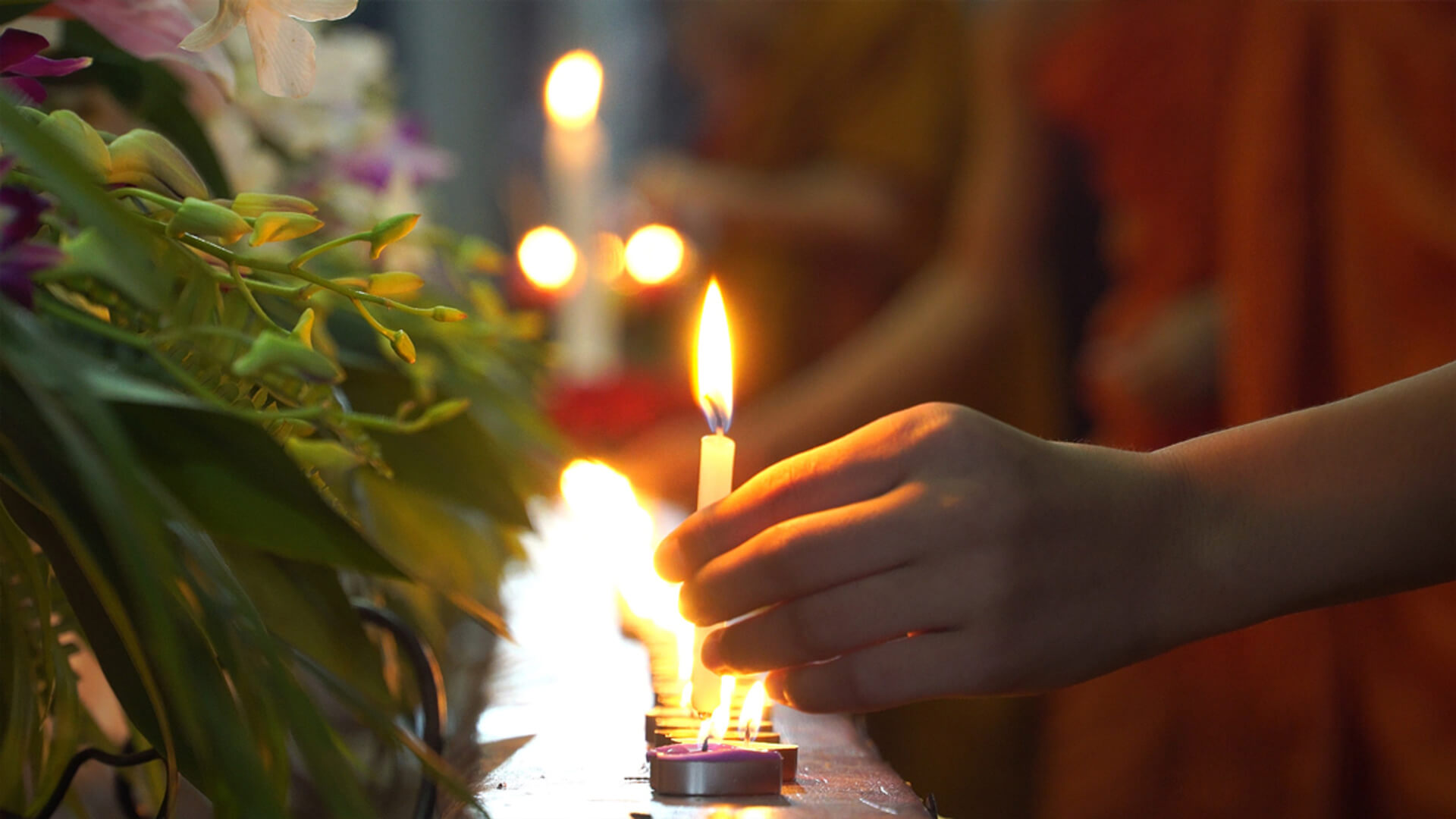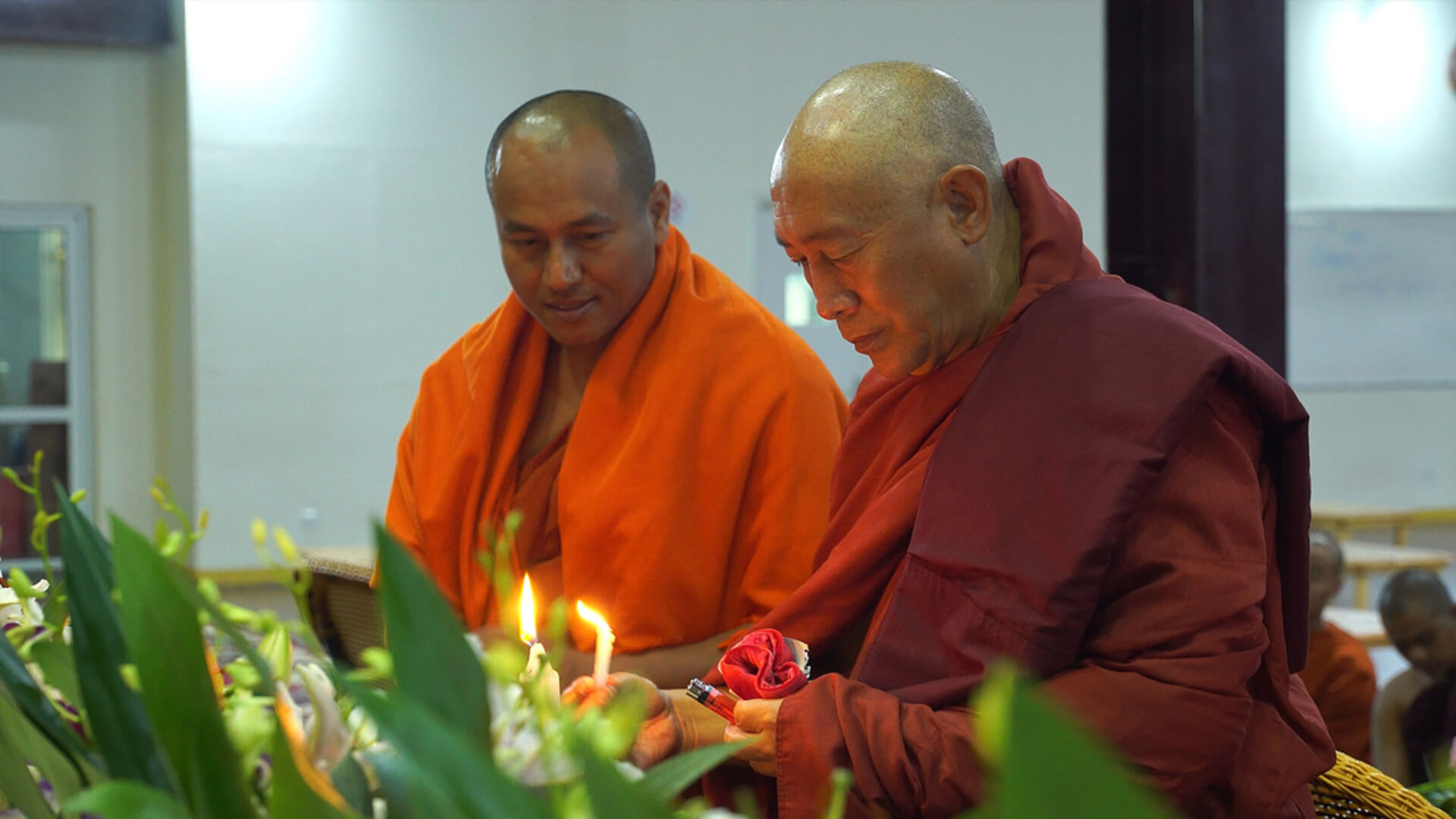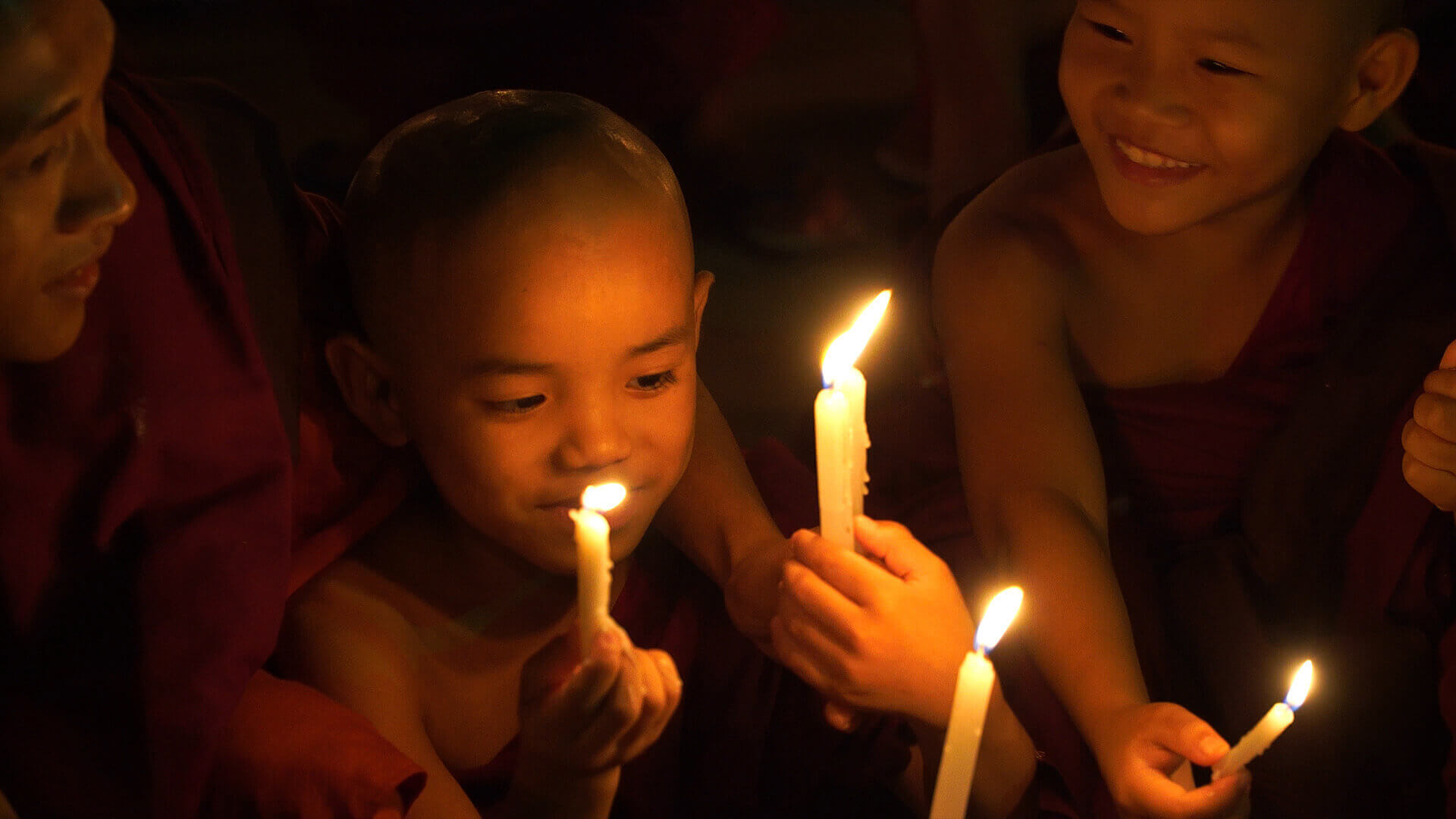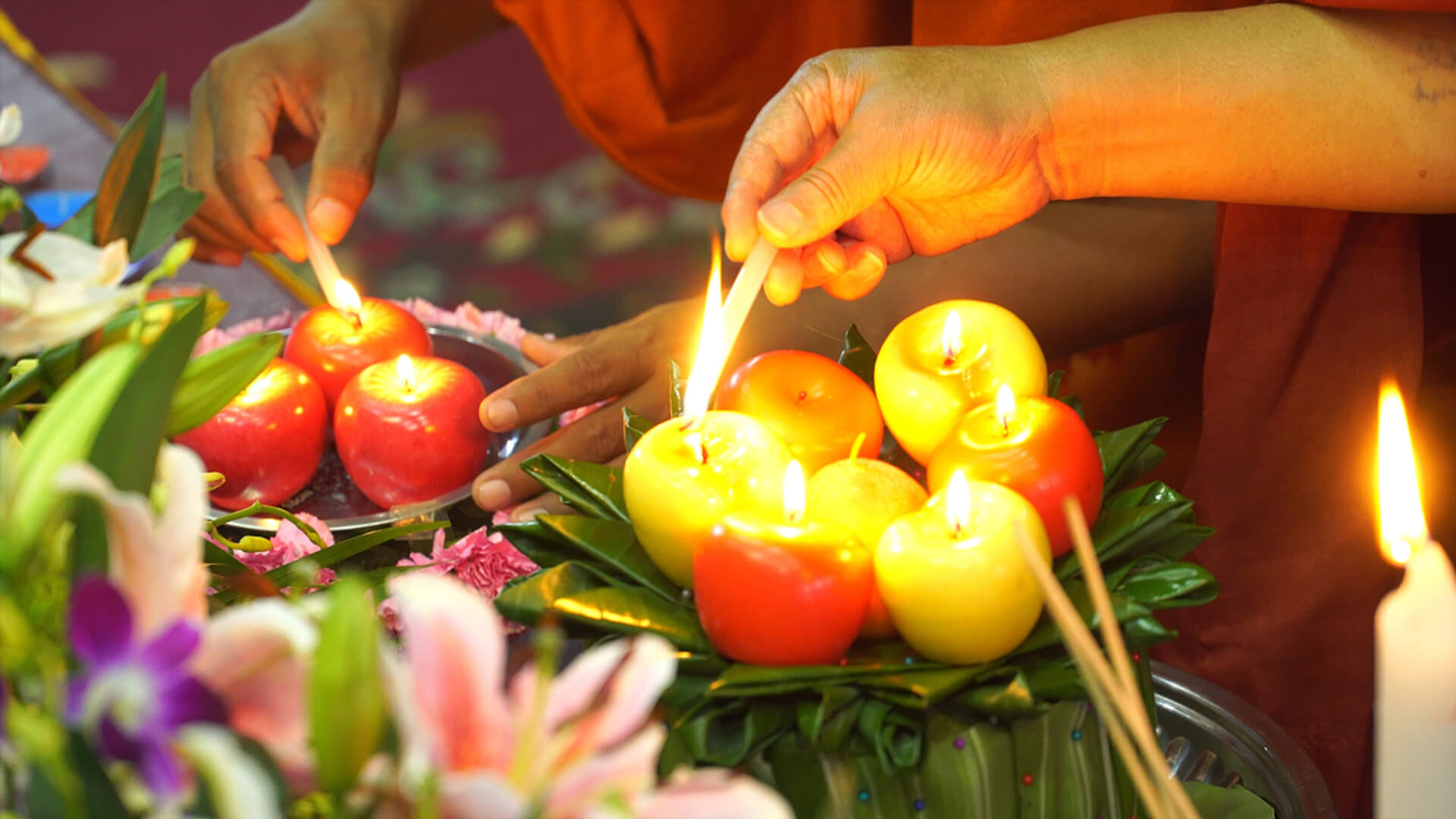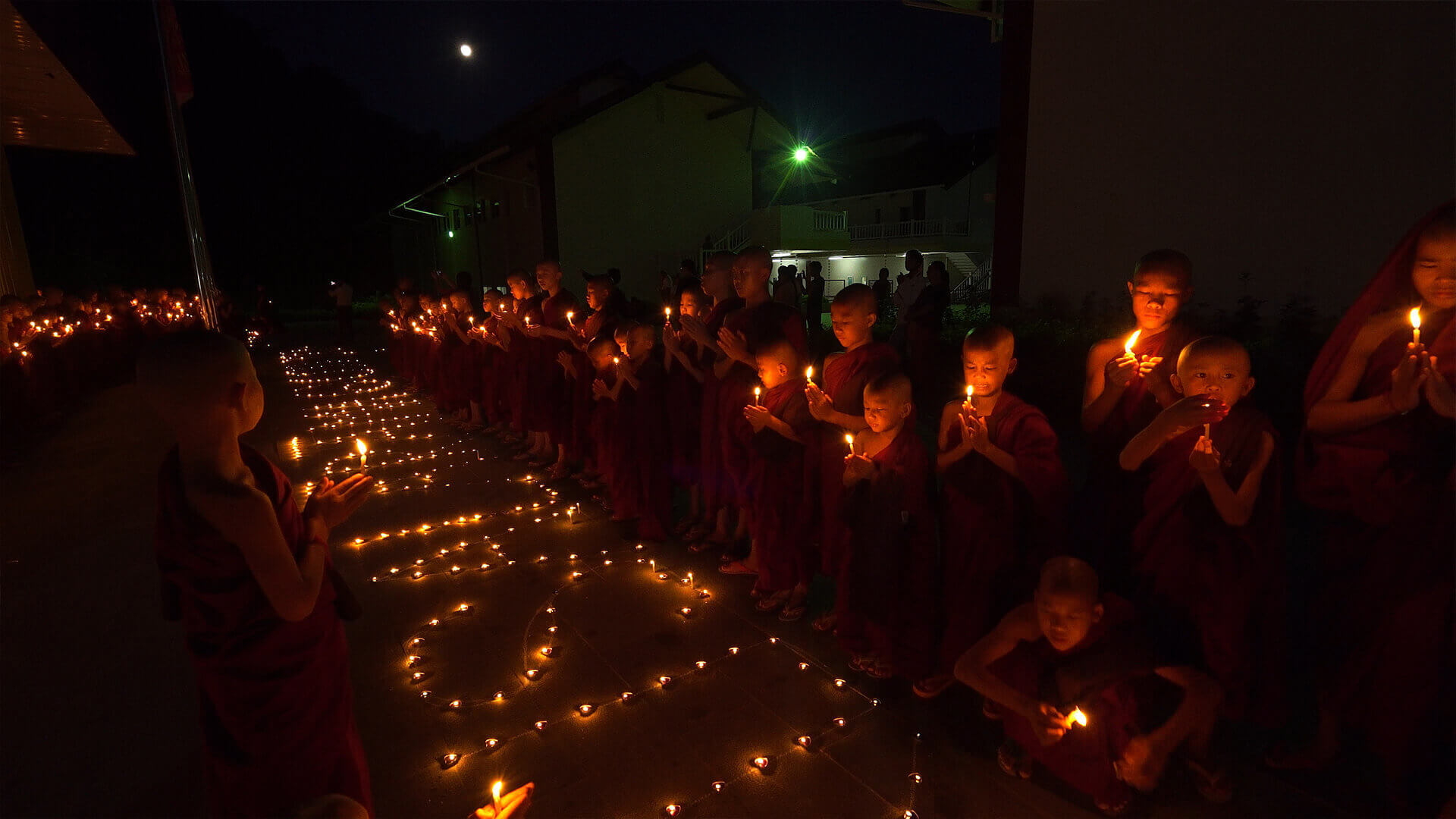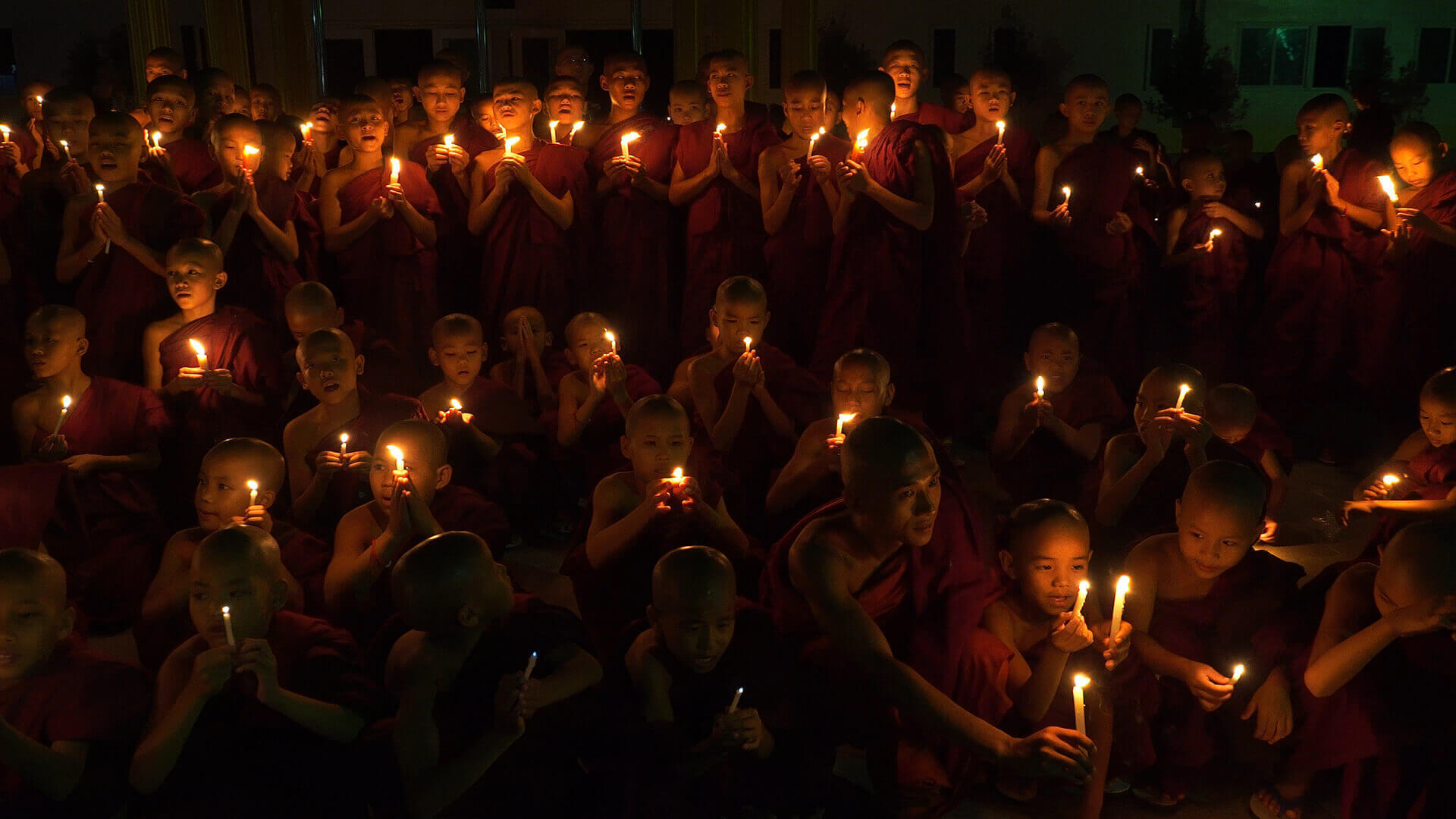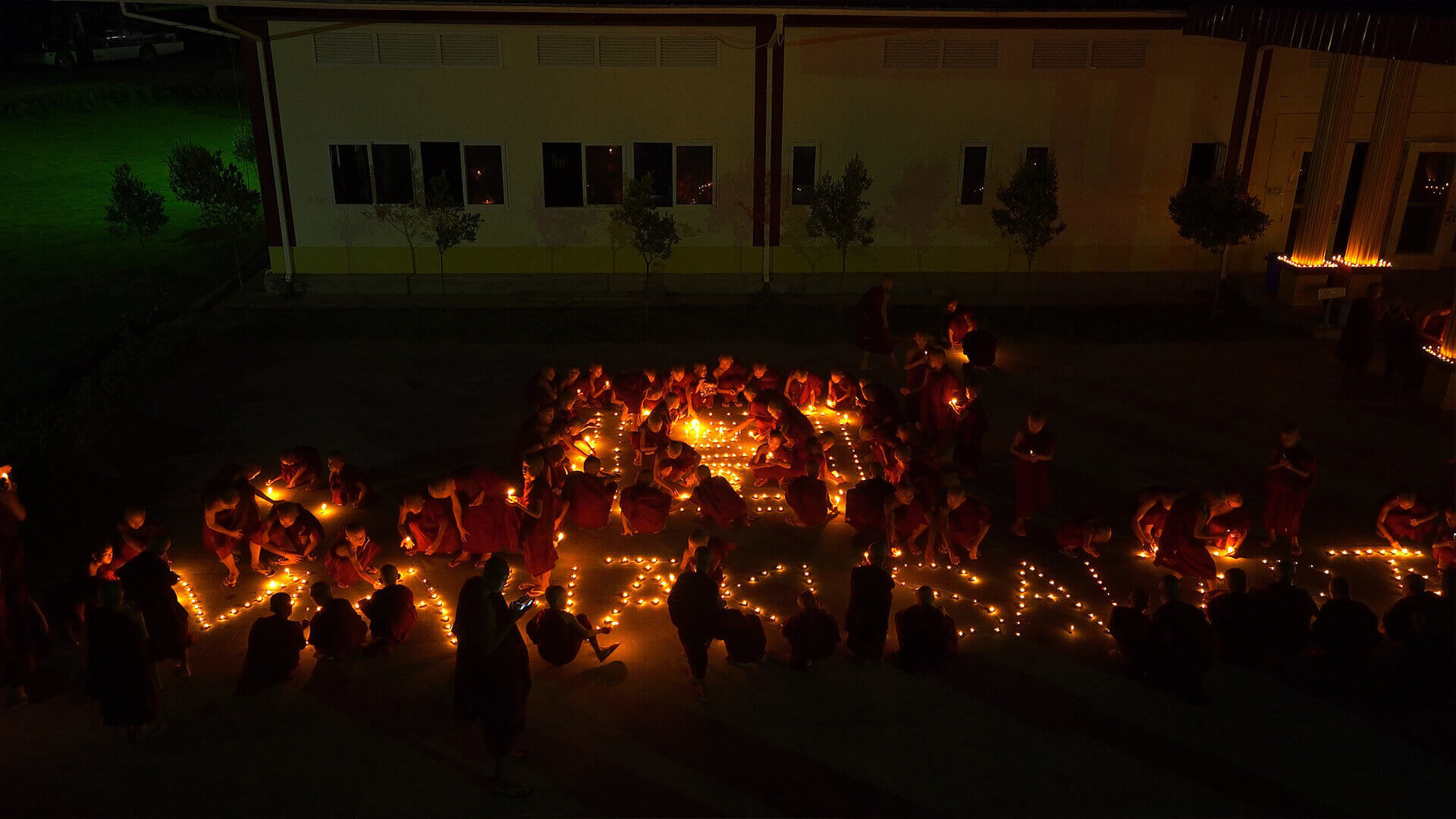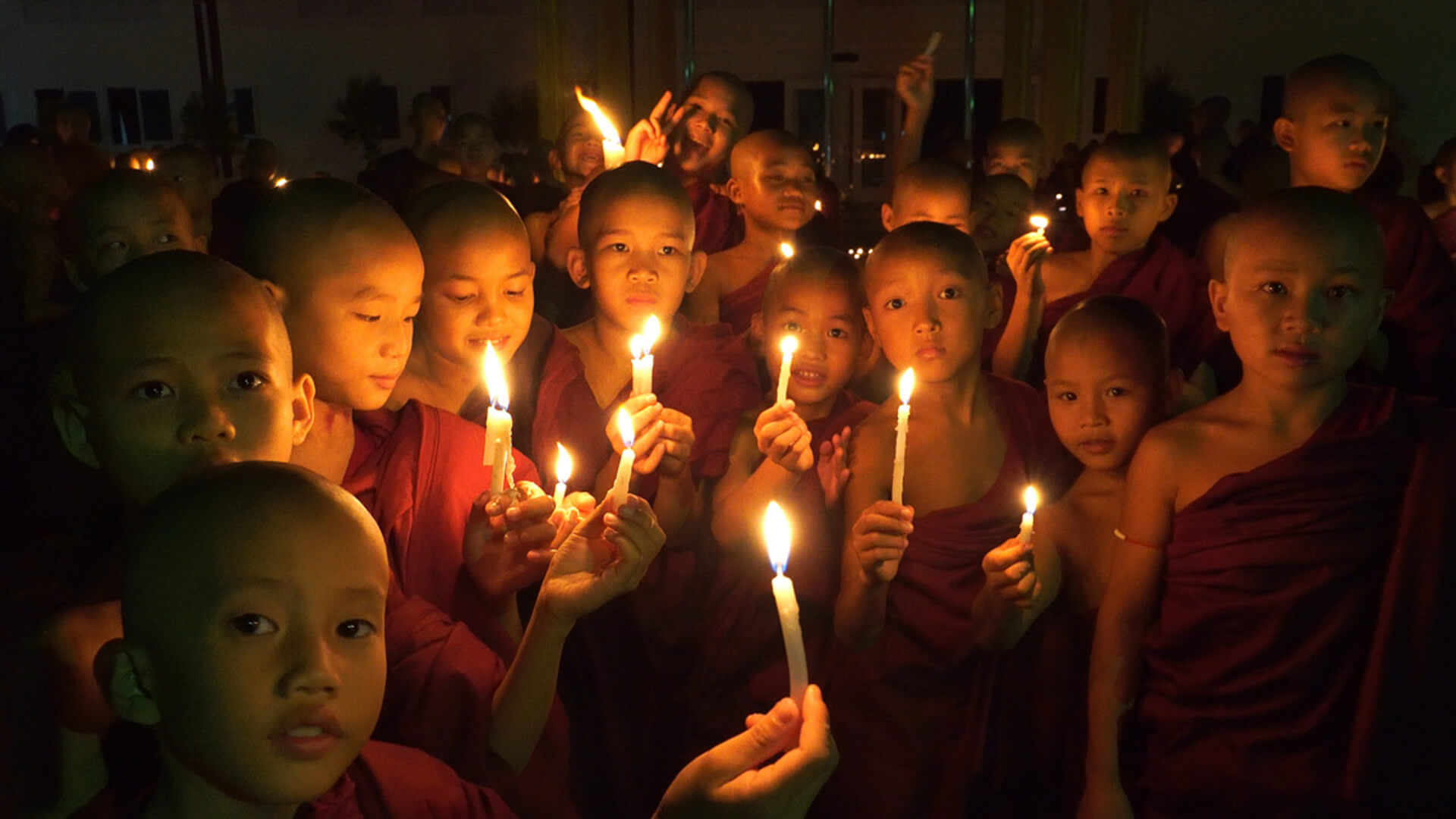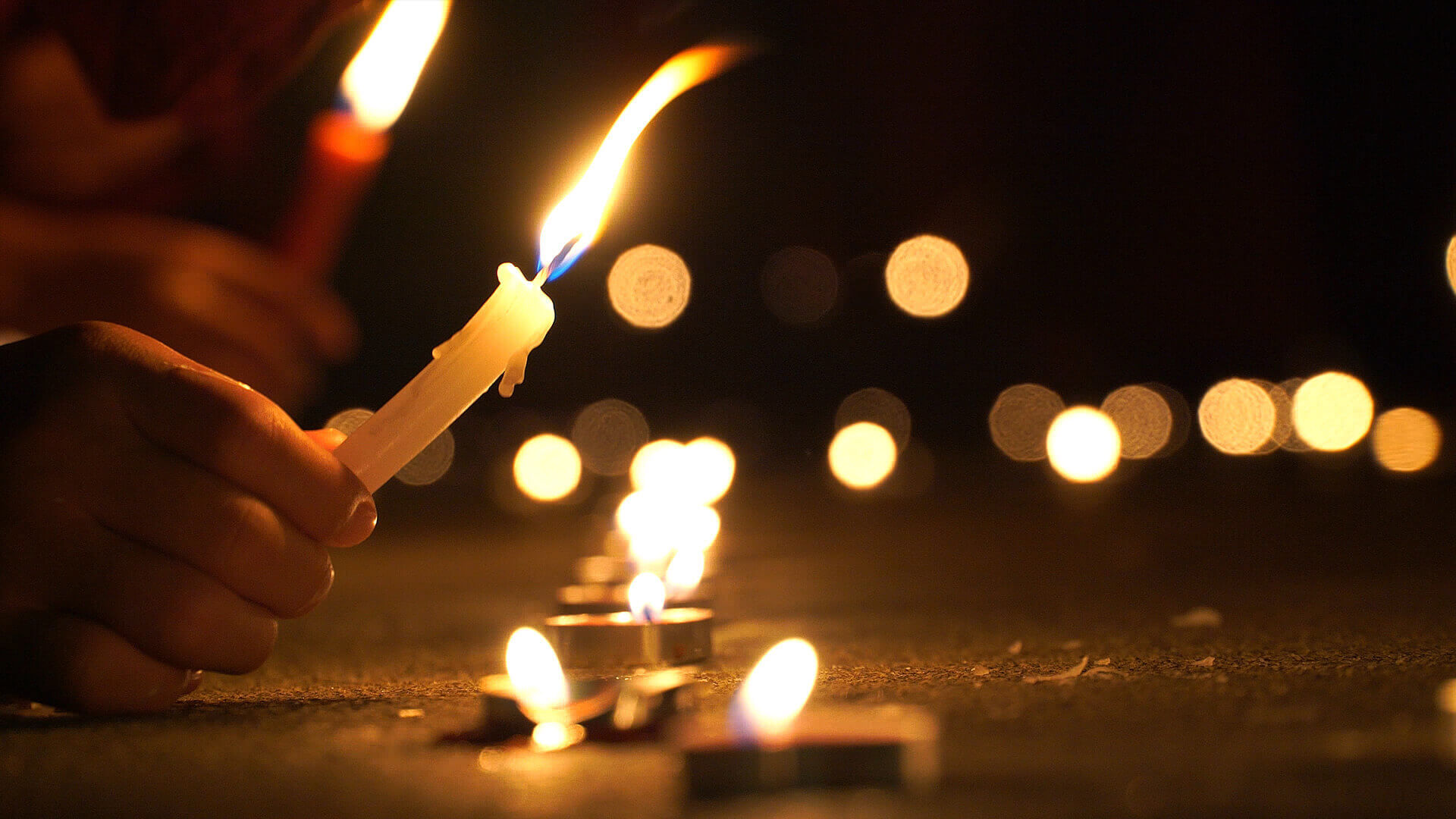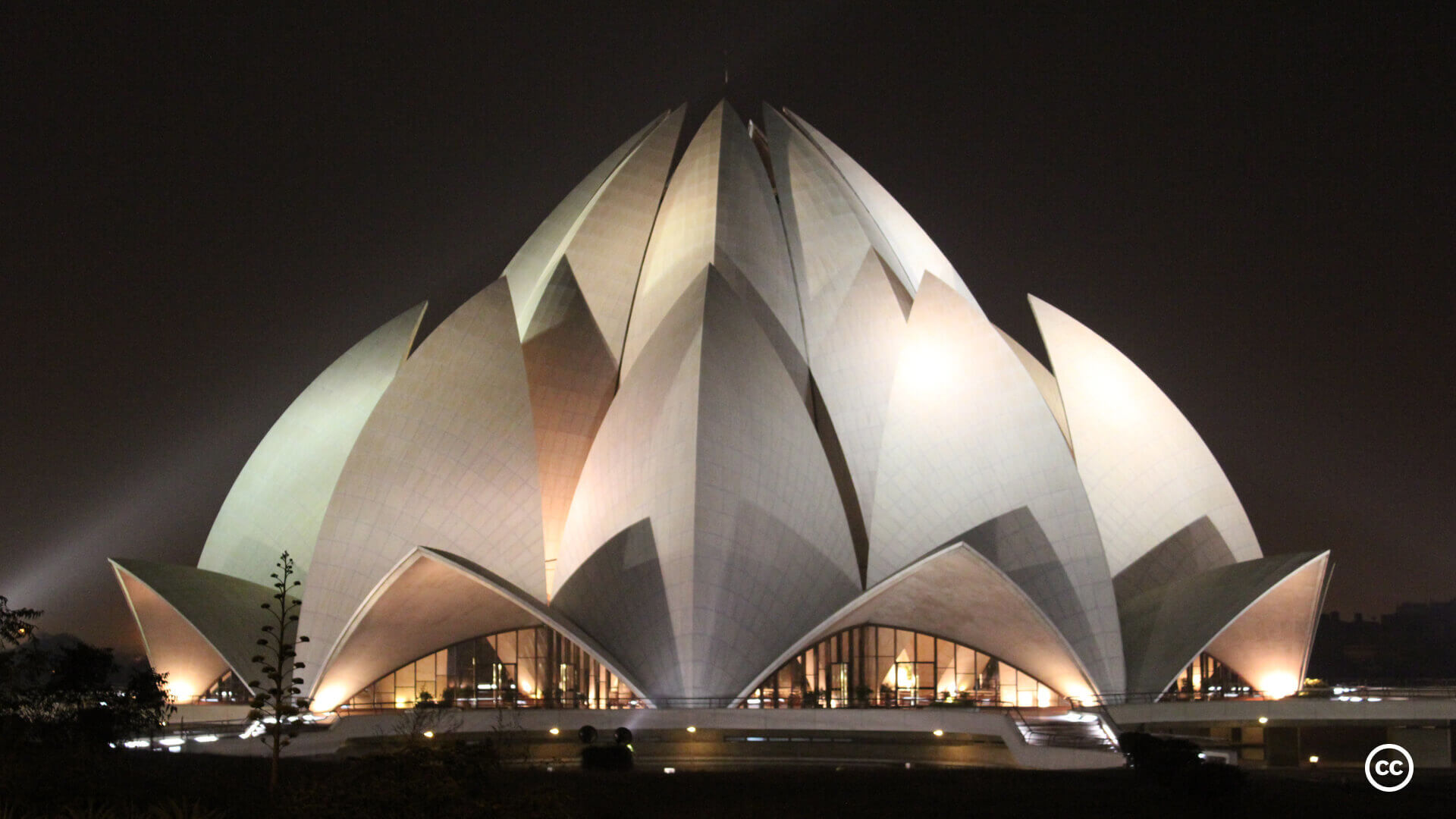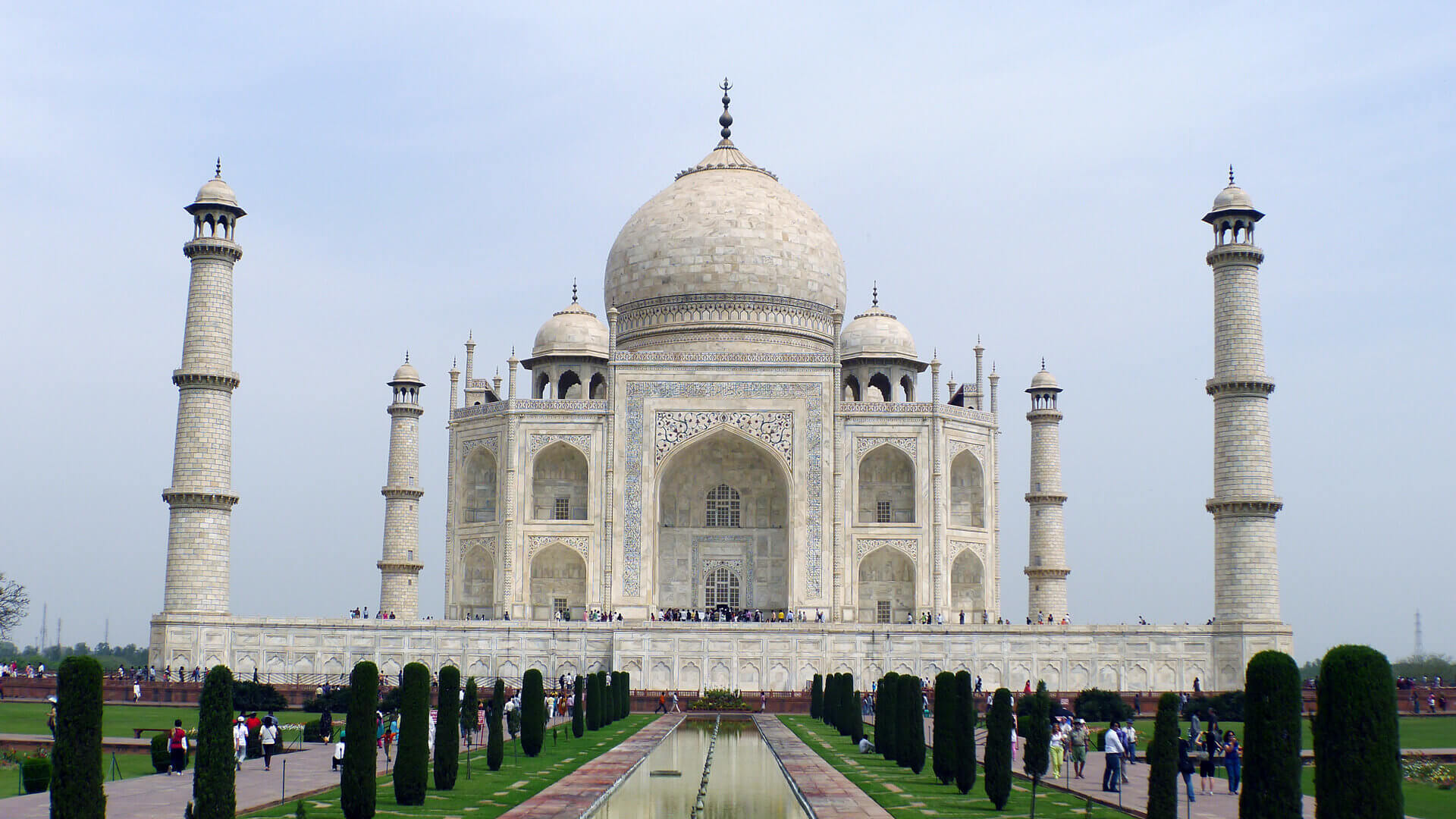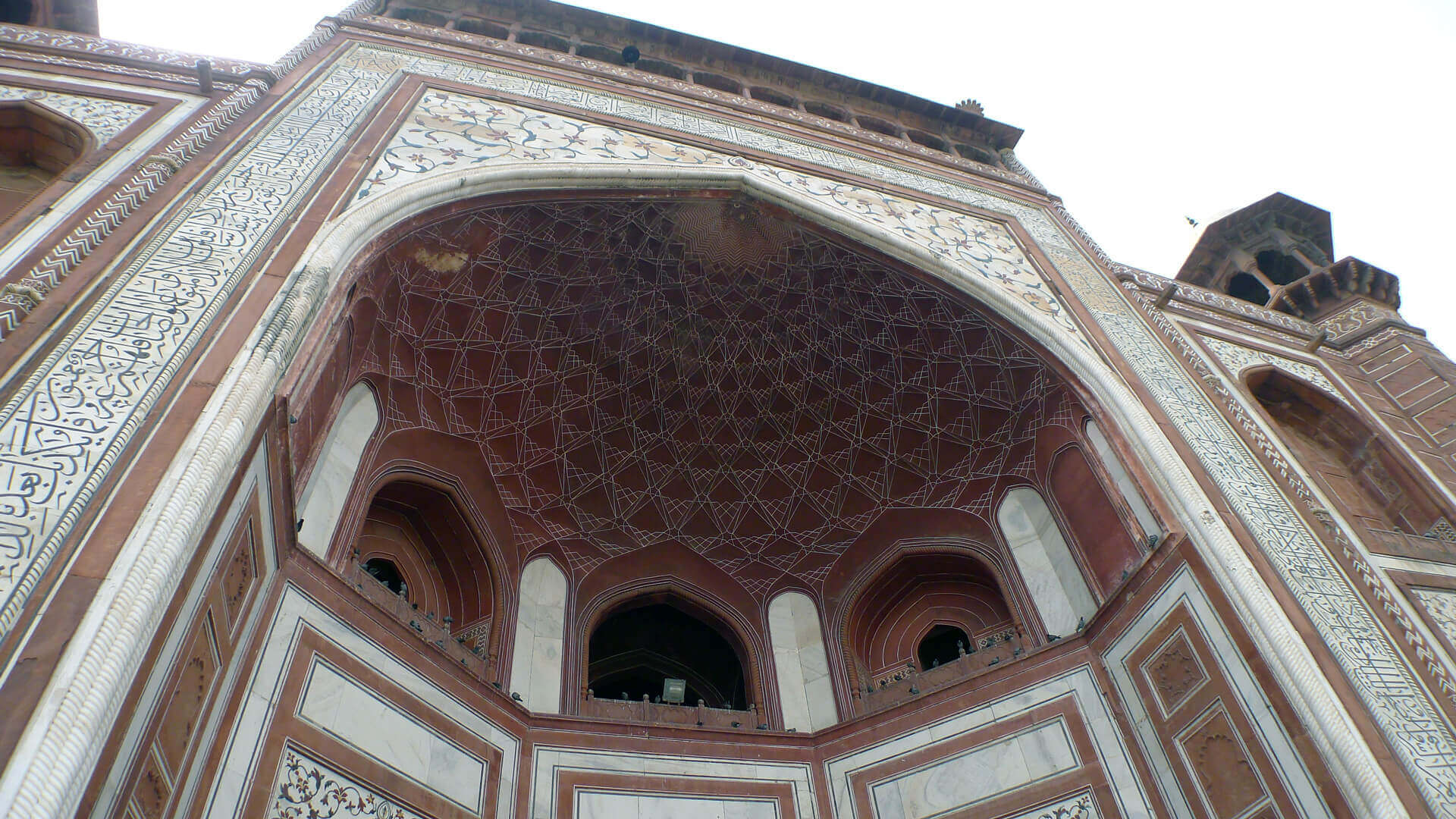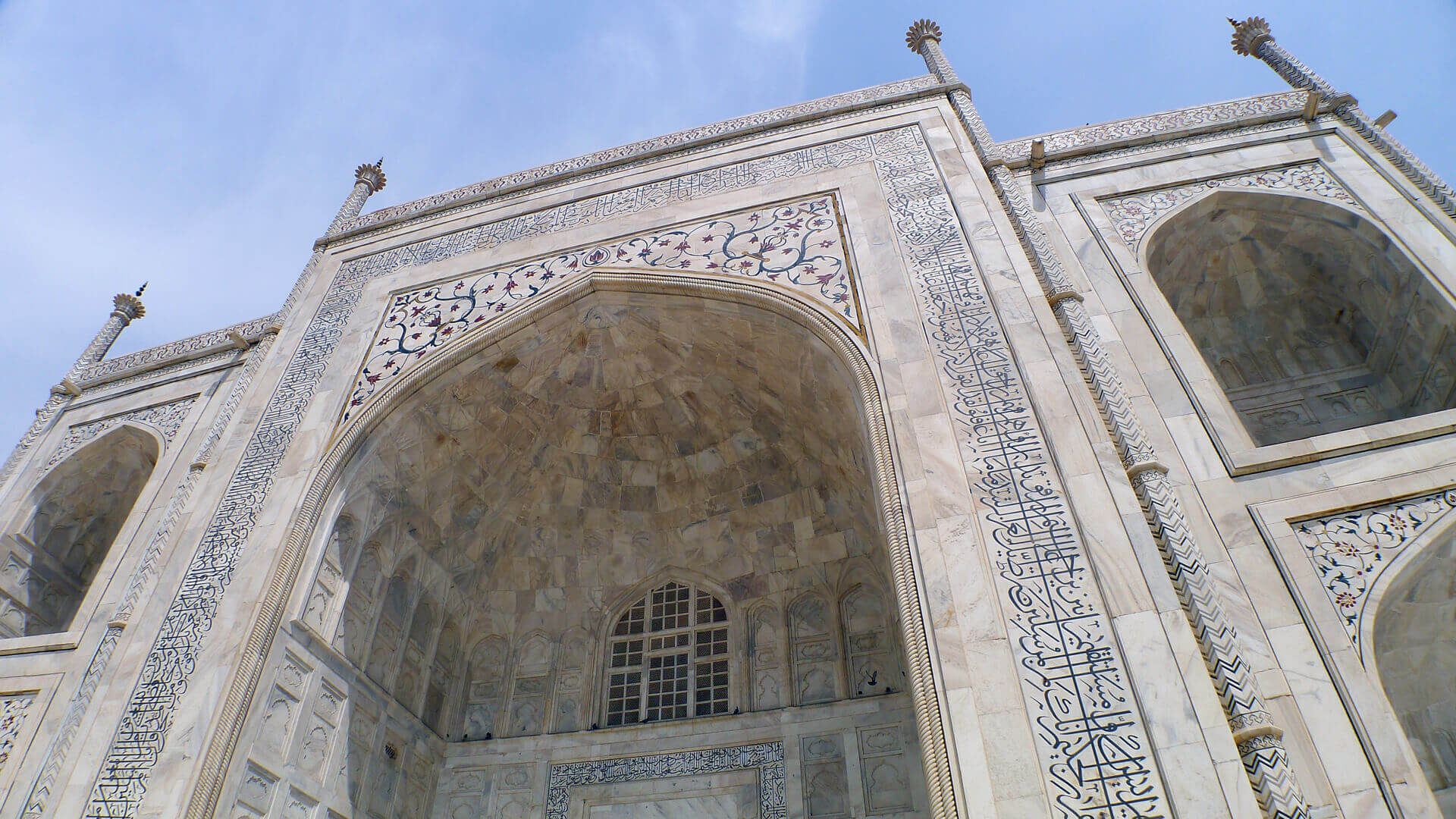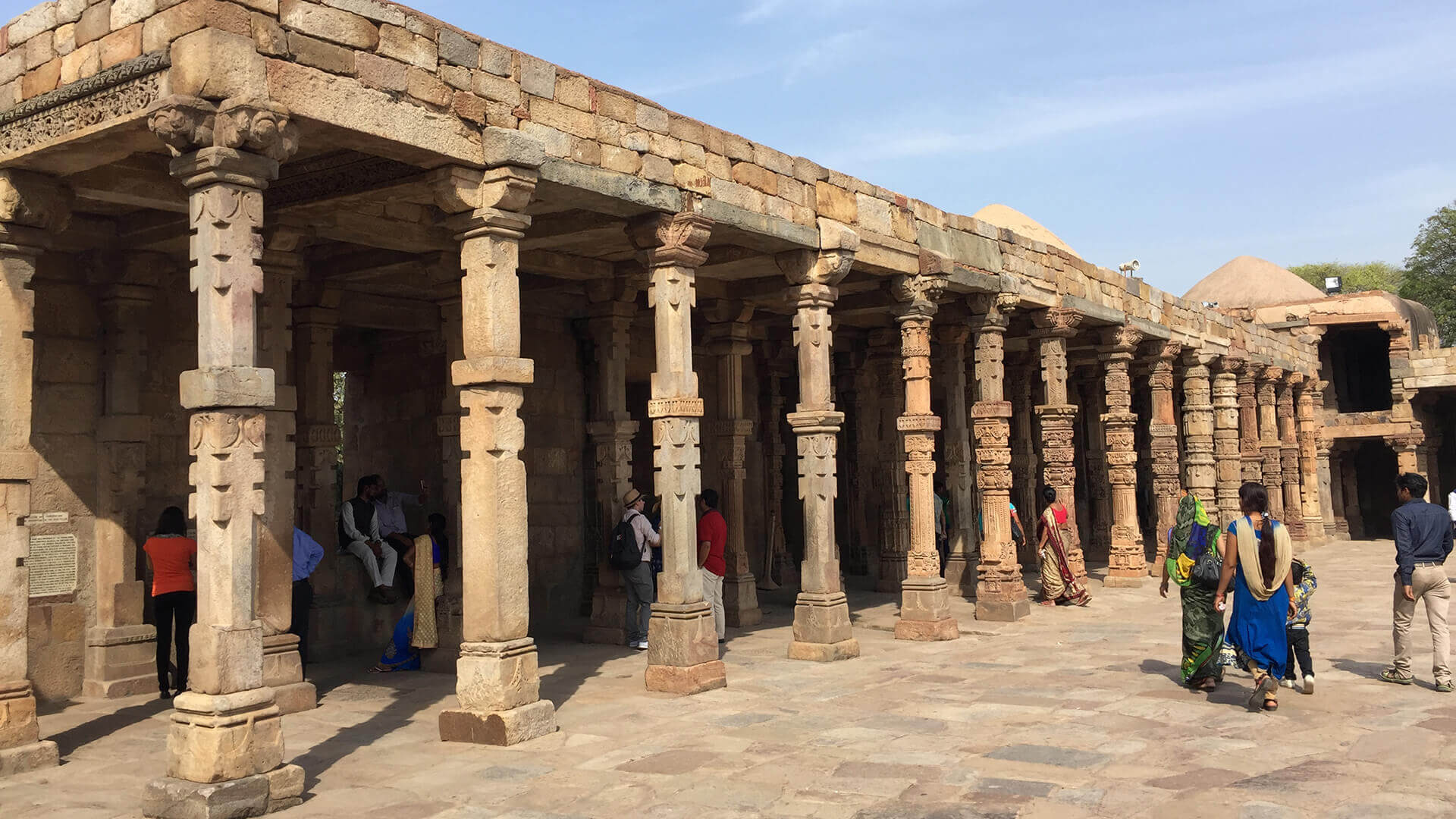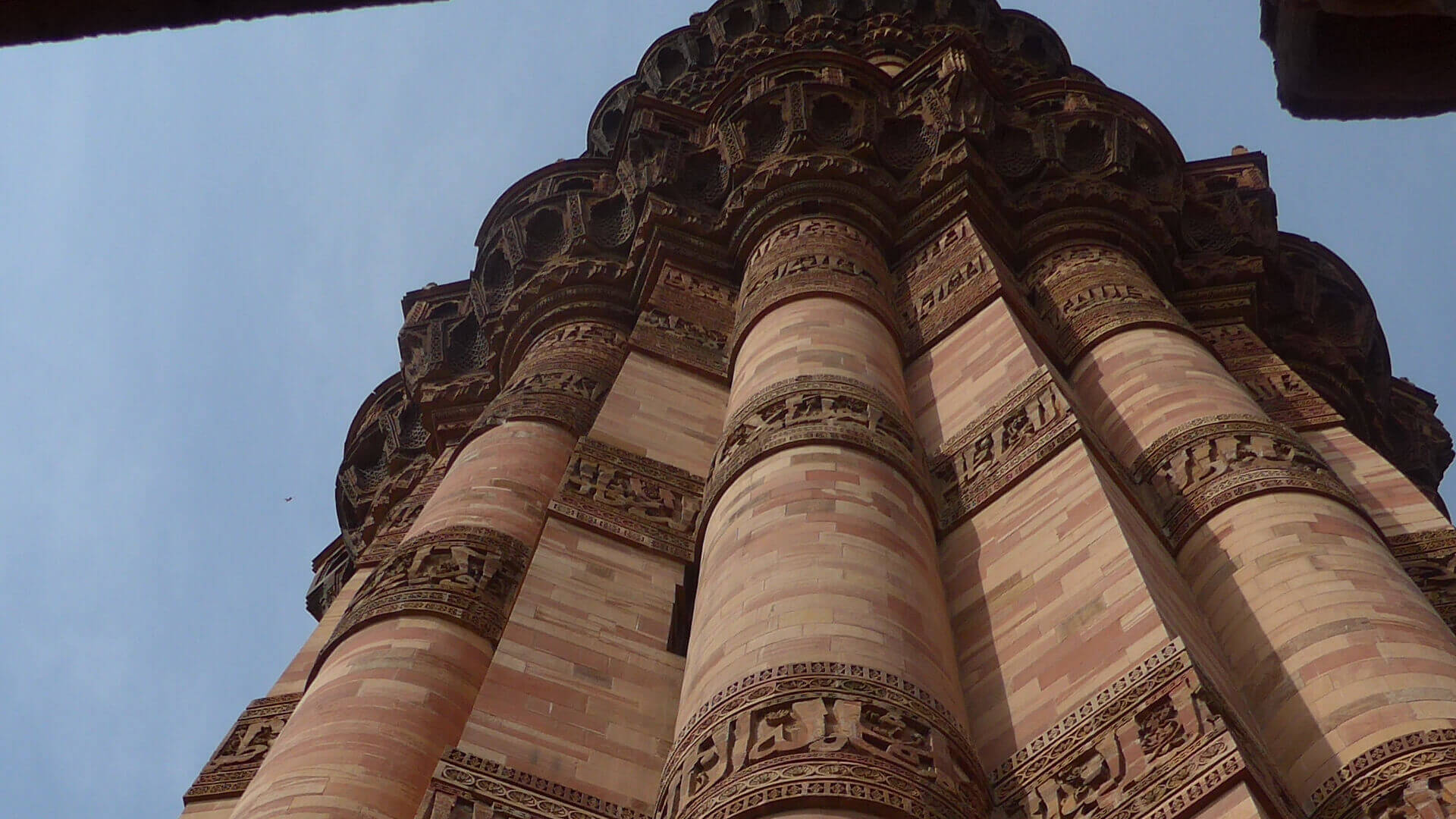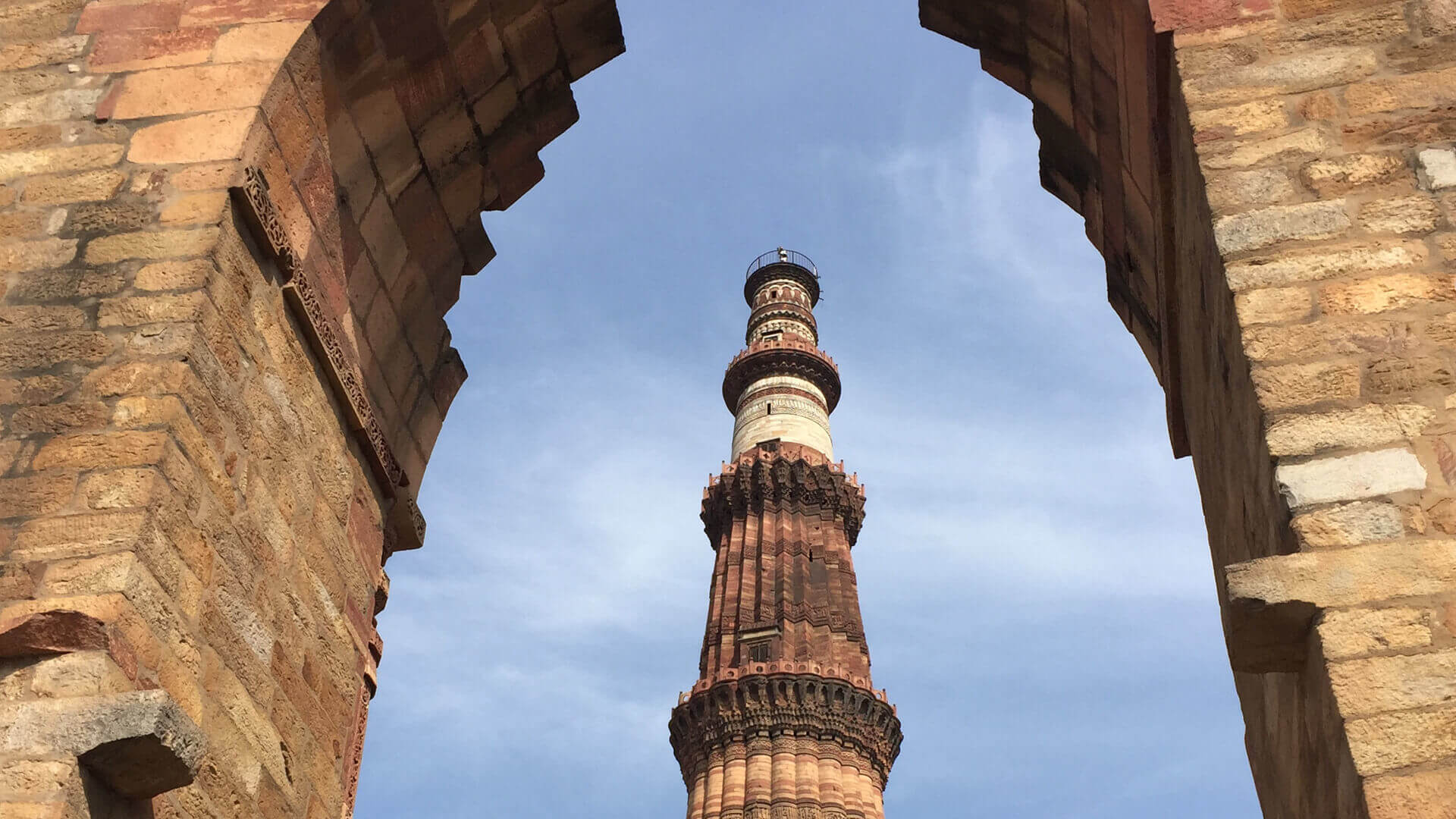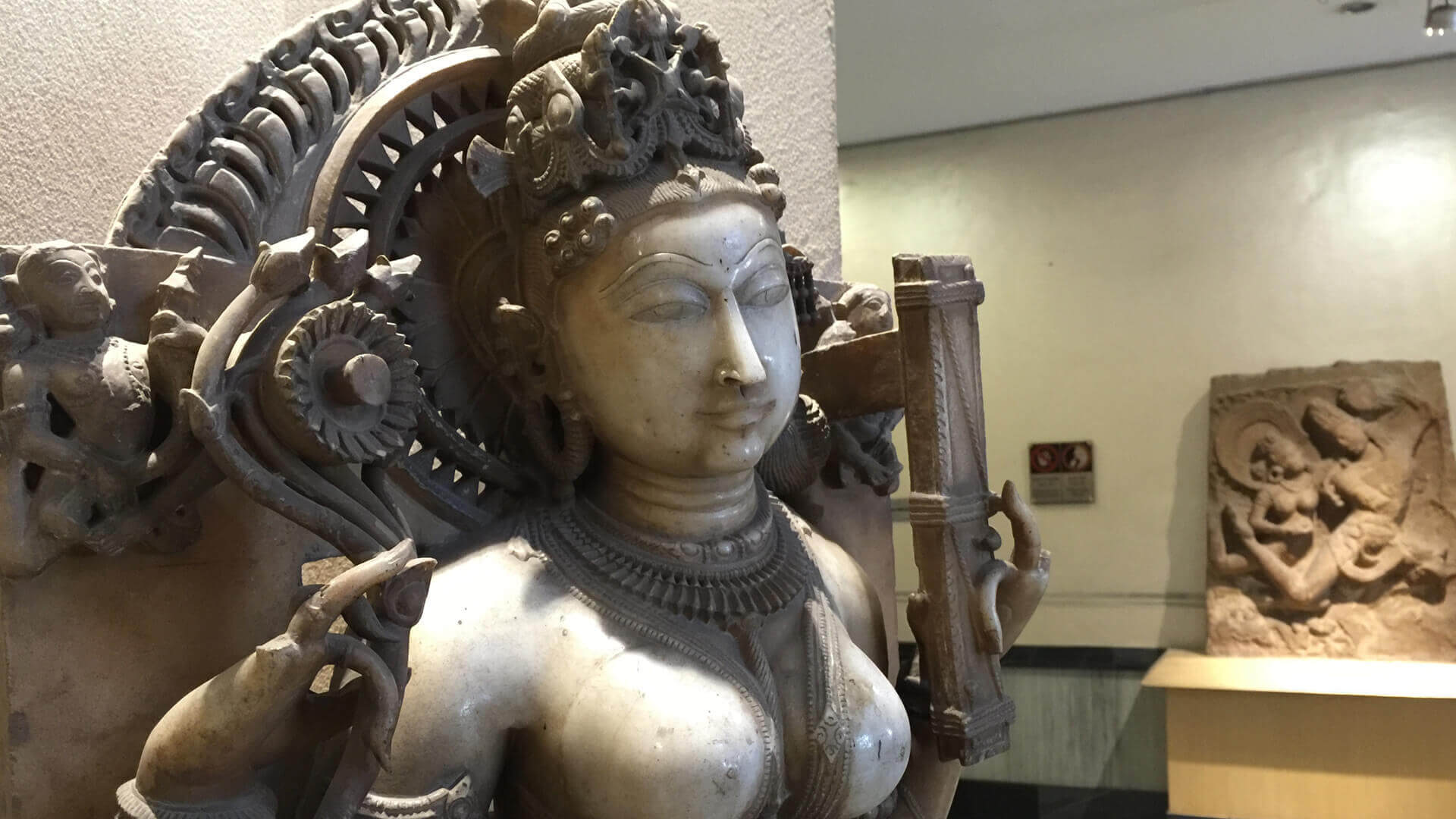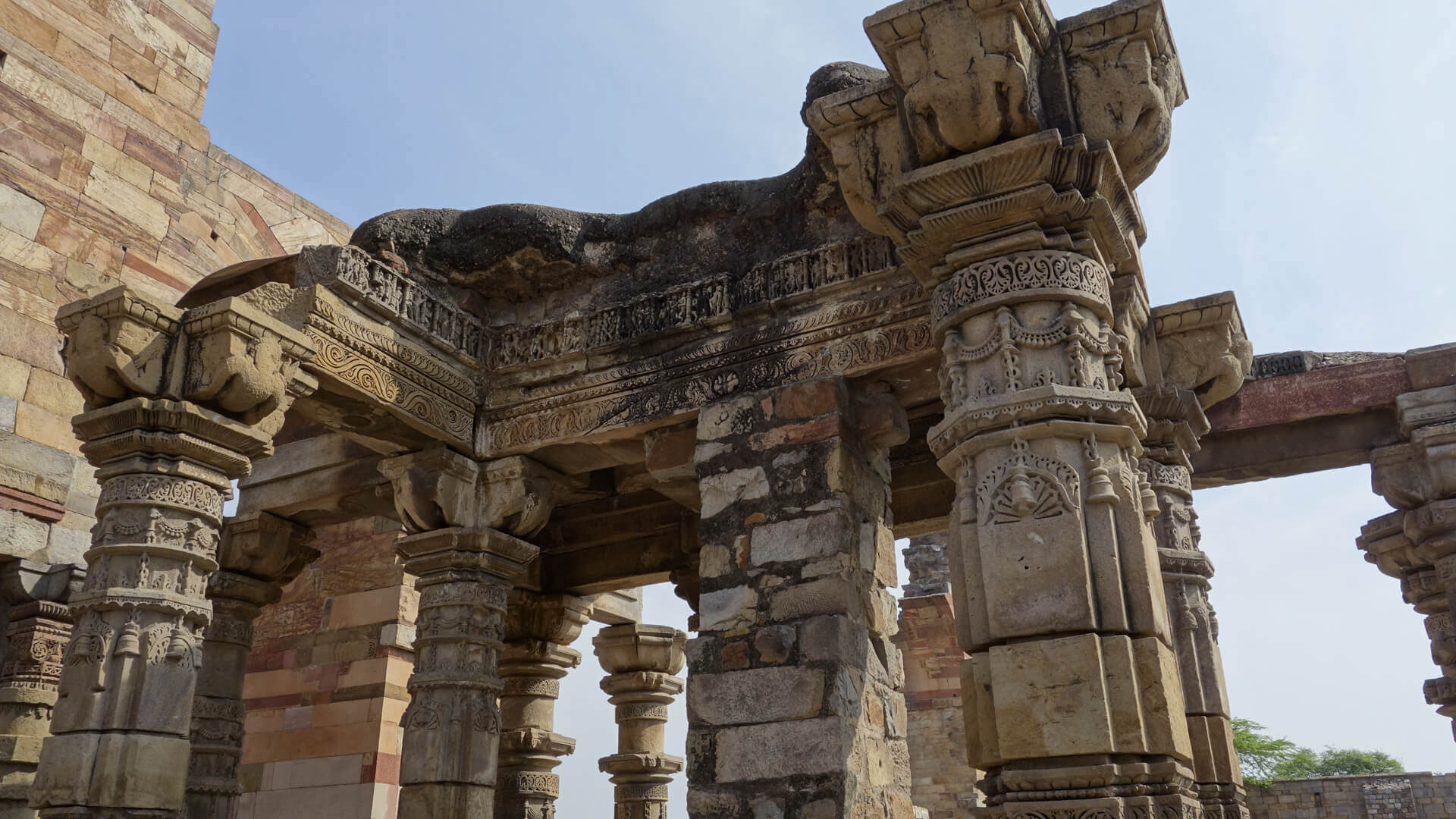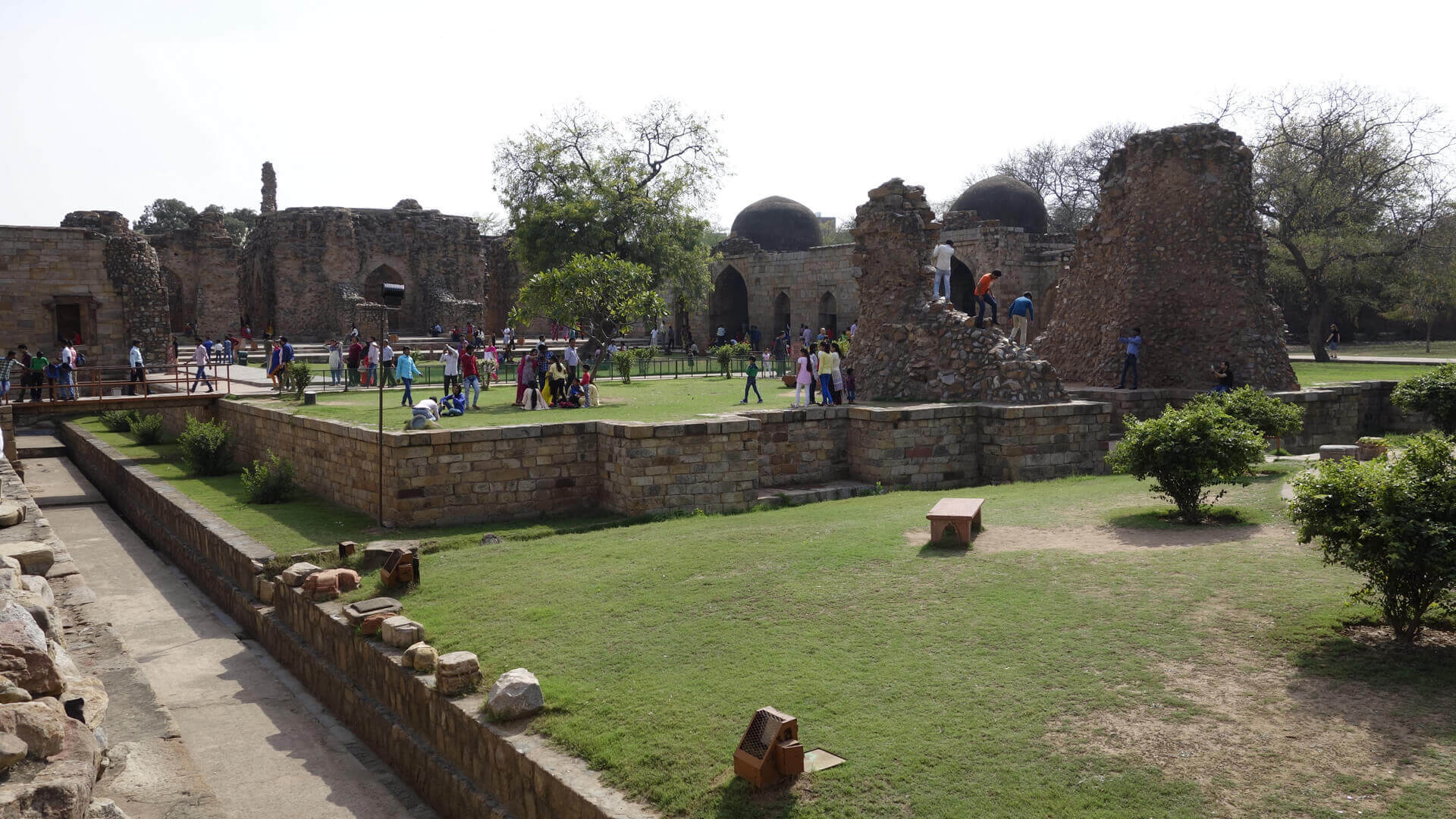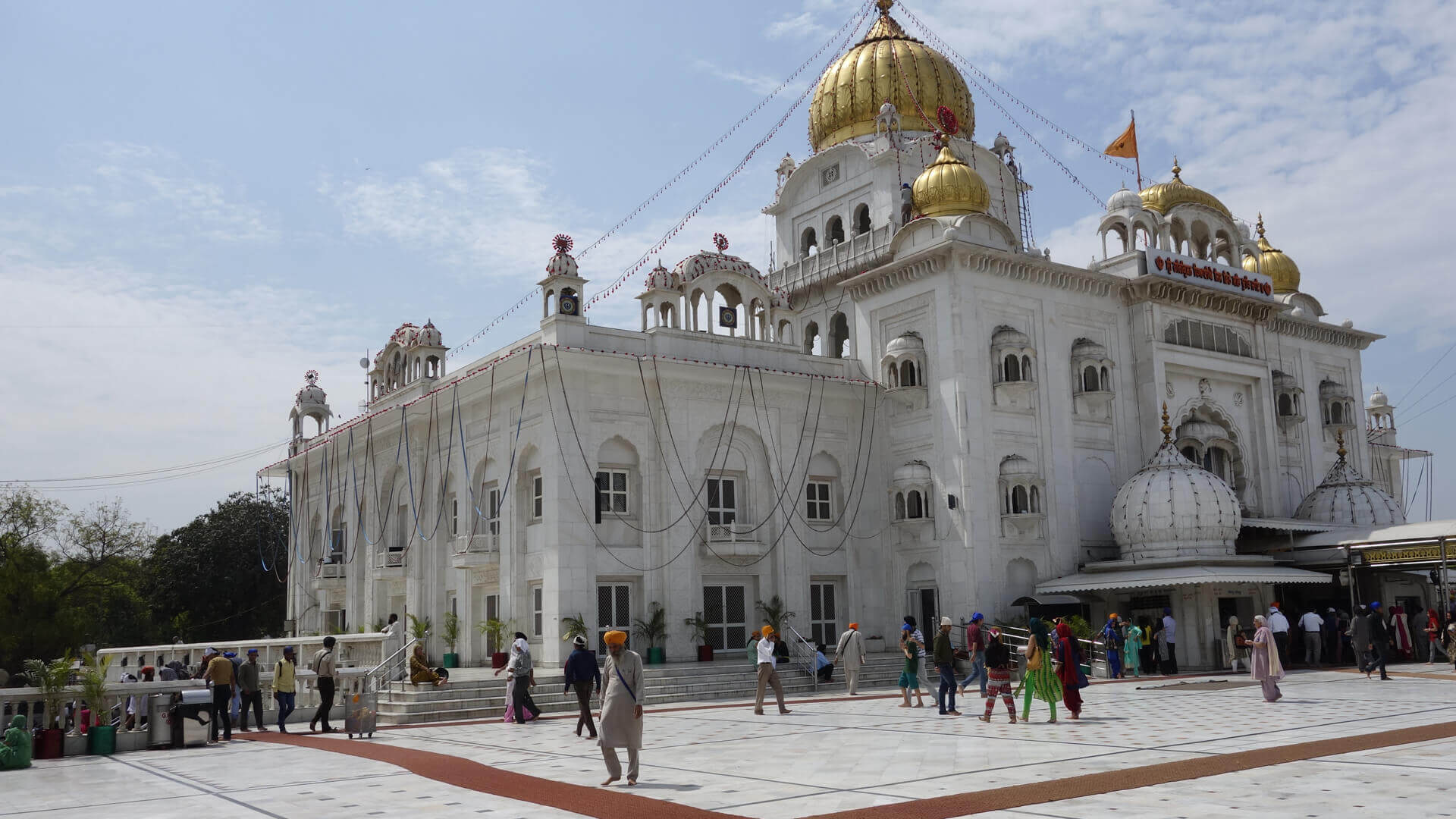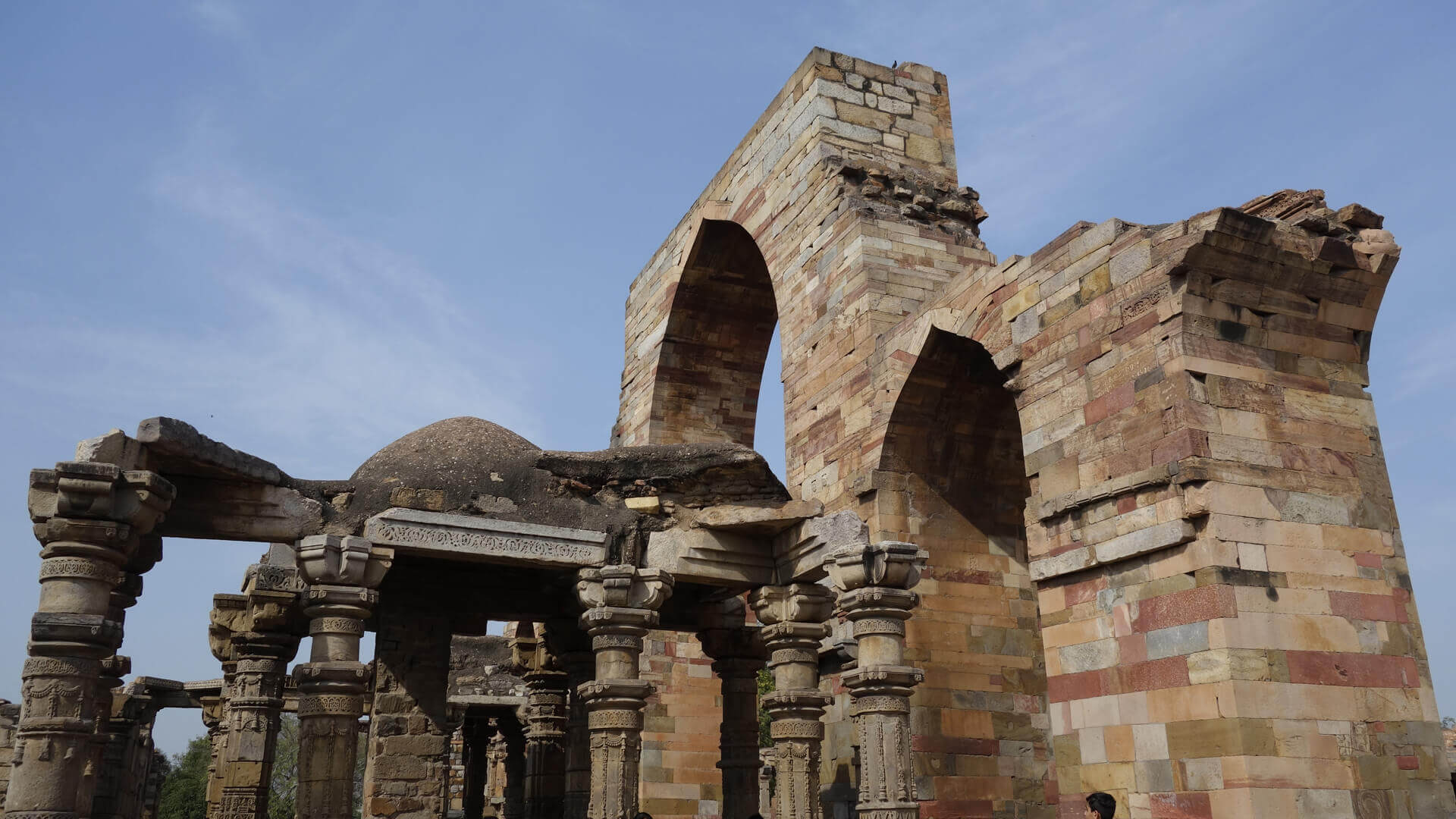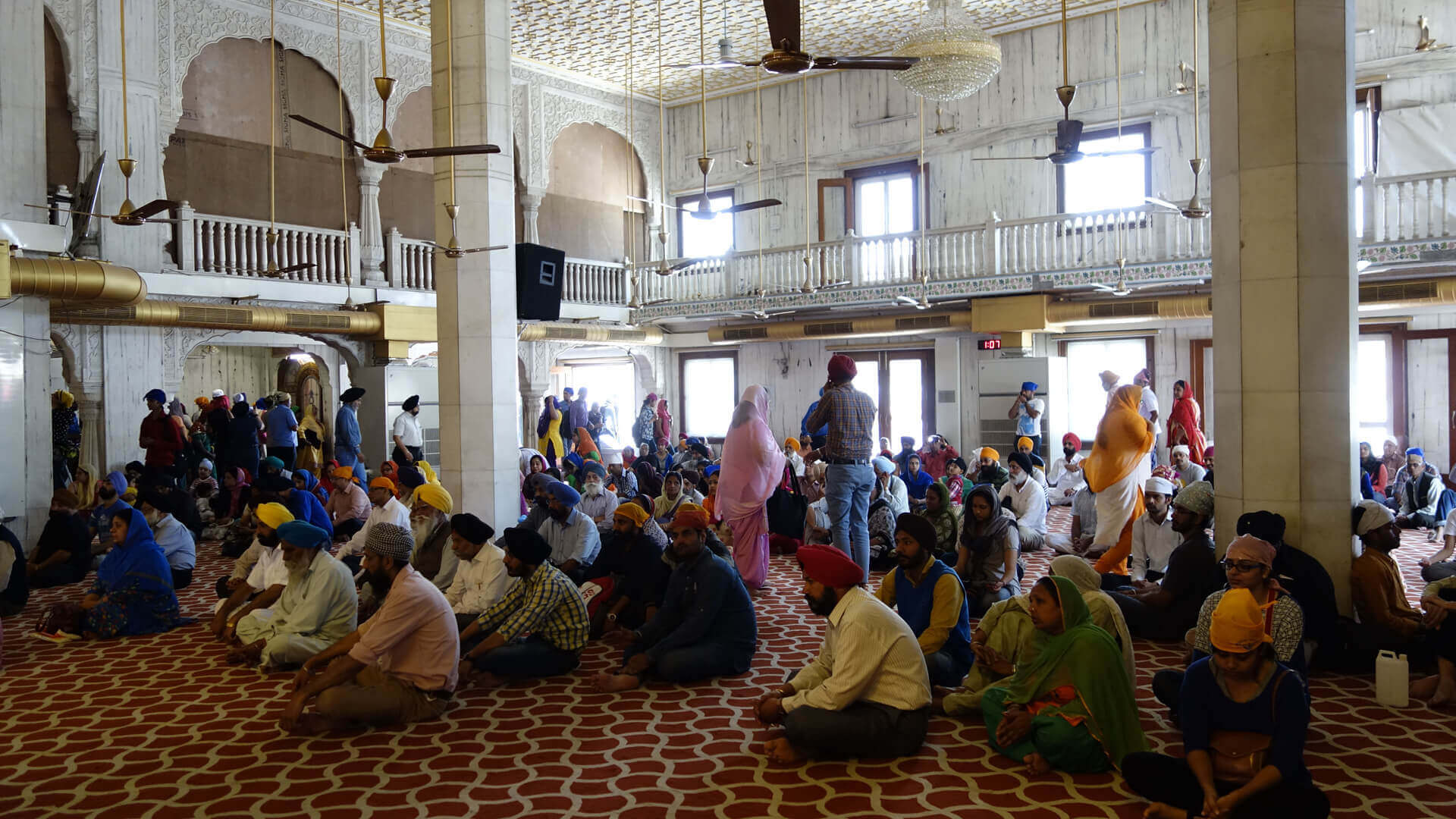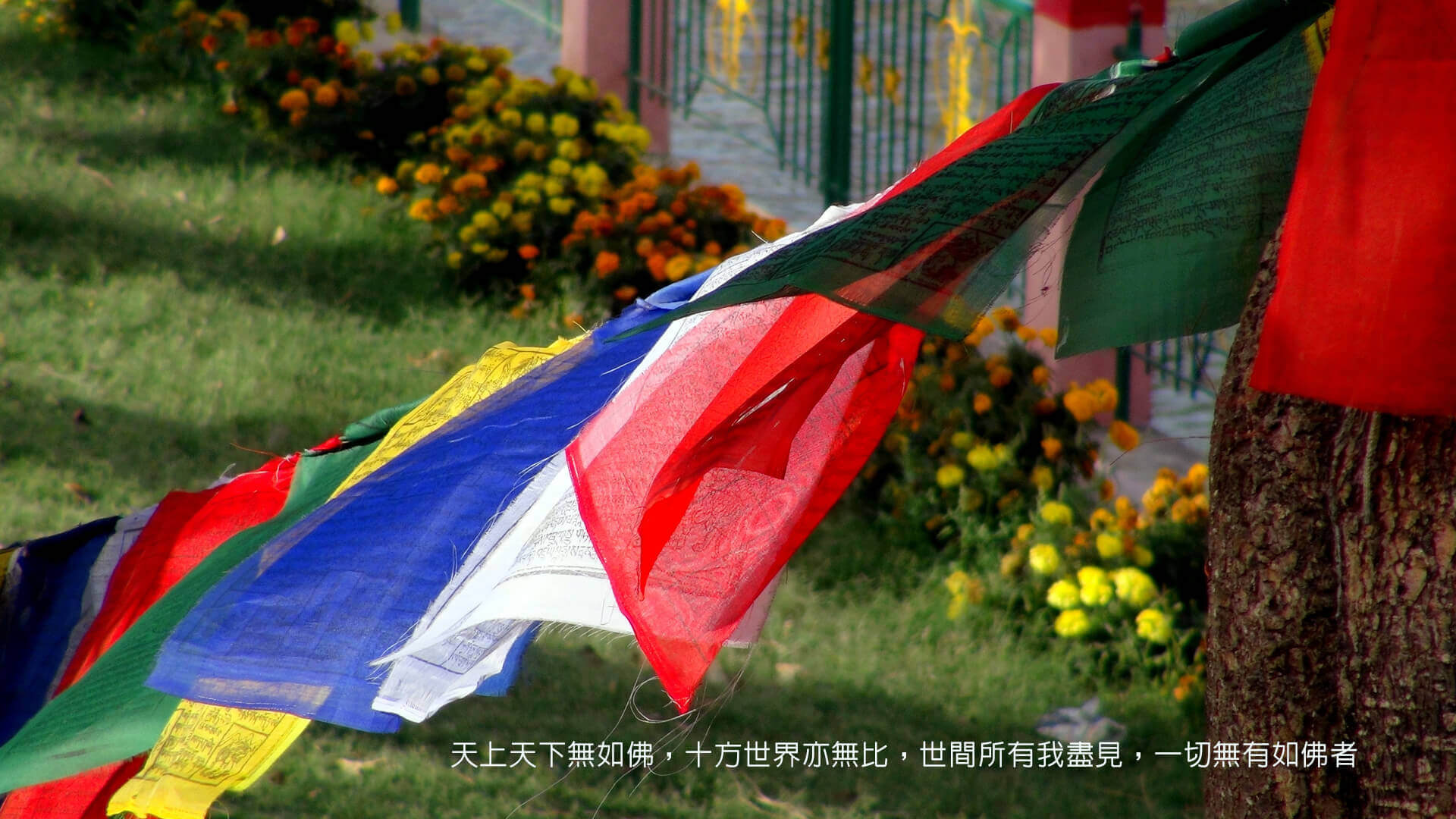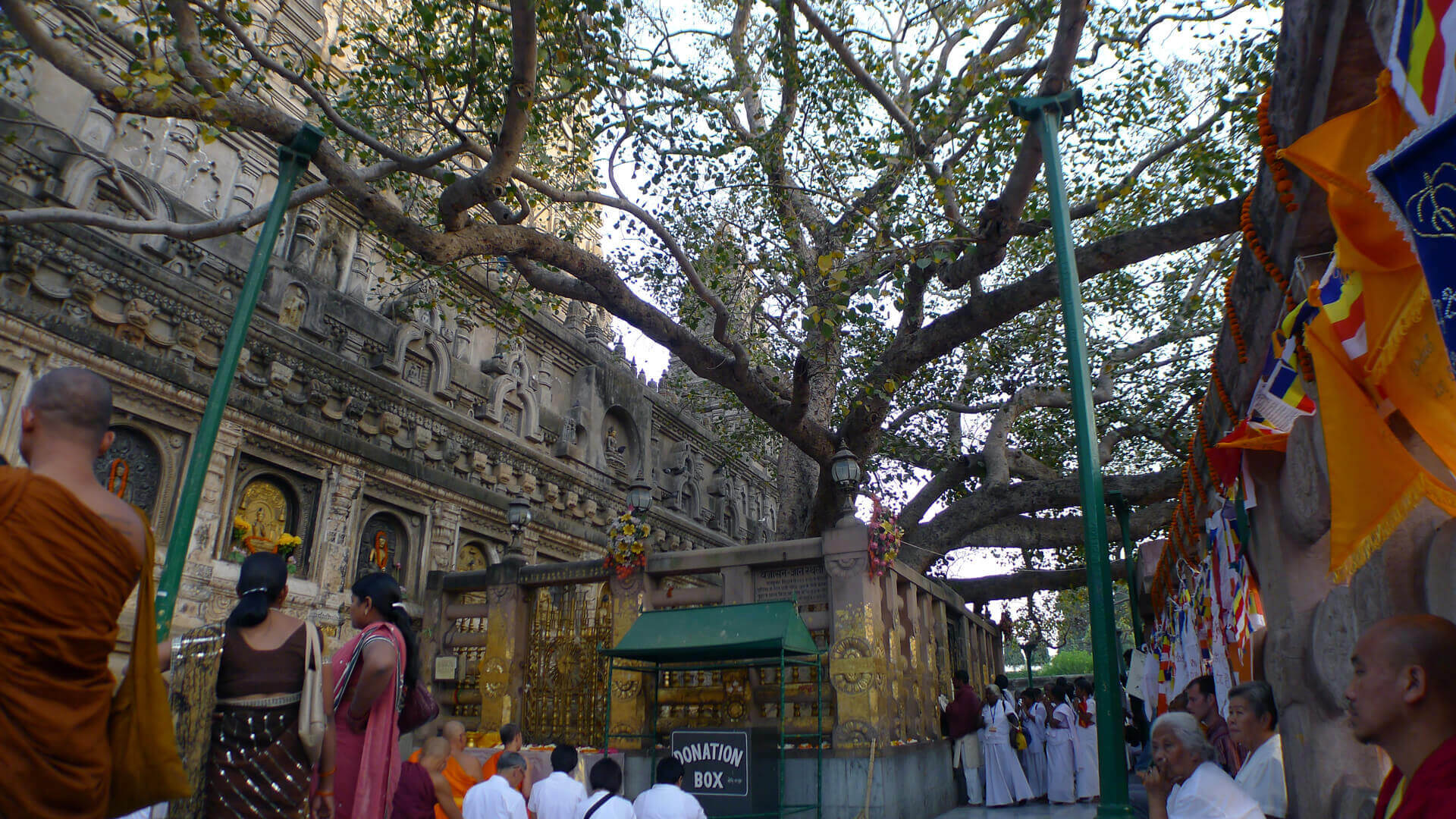To spread the ideal of “Love and Peace”, Ven. Chan Master Hsin Tao has been traveling to different corners of the world, and timewise it traces back to the 90’s of the 20th century. That period of time can be referred to as the Master’s "Initial Sailing at the Turn of the Millennia” and it clearly shows that the issue of ‘religious harmony’ has already become one of the Master’s concerns when he first started his journey of a globetrotter.
The suffering we bear in our heart resulted from the accumulation of tidbits of the collective memories of humankind, and is often buried in the depth of our heart and is the true cause for restlessness and violent traits. Master Hsin Tao perceived the bitter suffering of our heart from witnessing first-hand casualties and calamities of endless wars from the last century and already during his formative years. He saw more than enough of sadness and pain to fully appreciate the impermanence of life and the ruthlessness of war. The longing for peace was instilled in the Master’s heart at a very young age.
The ideal of “Love and Peace” serves to remind people to NOT forget our innate power of compassion we are born with. Once we become capable of ‘sensing compassion in our heart in inertia’ and are able to care and love the world’s sentient beings, we can connect all the good mindfulness in the world to sow seeds of peace everywhere, knowing full well that the bountiful fruit of love’s positive karma is the ultimate key and answer to eradicate war.
However, in today’s world earmarked by globalization there are countless people whose life is constantly threatened. The only way to eradicate human conflicts is by means of love and compassion, whereupon peace can take deep rooting, while life is finally safe and stable.
Master Hsin Tao says that we may pray in different tongues, but the tears we shed are the same. And while countries are in different locations by the latitudes, there is no place too far for love to reach. Accordingly, it is no longer wishful thinking to pursue world peace, once we manage to unite all positive mindfulness of the world’s religions. Only by virtue of respect and dialogue we can truly understand there ought to be no boundaries between religions, races, or countries. And only then it is possible for us to join hands and make collective efforts for peace in the world.
Ling Jiou Mountain’s (LJM) Museum of World Religions (MWR) was officially launched in November 2001, to give physical embodiment to Master Hsin Tao’s ideal and determination to advocate respect for life and religious peace and harmony - to which cause the Master has been committing much time and energy since the 90’s of the last century, and for which he has been trotting all five continents of the world.
From 2002 onwards, the increasingly worsening prejudice and conflicts triggered by religions prompted the LJM to hold and conduct 16 international symposia captioned “Muslim-Buddhist Dialogue” in different countries for the purpose of reconstructing proper channels for peaceful co-existence and mutual understanding among religions.
The year 2002 also saw the establishment of an LJM NGO by the name “Global Family for Love and Peace” (GFLP) for expanded rescue missions comparable to Amnesty International actions, and for continuation of interfaith dialogues for peace, as well as for life education and healing of the ecology for our planet, etc. all in the hope to optimize human tribute to the Earth. The farsight of Master Hsin Tao, starting from a mind-purifying religious stance, has grown to a much broadened horizon to allow foci on our Earth for sustainability.
For the special program of “Love and Peace”, therefore, we planned two groups of episodes under the respective heading of “Interreligious Dialogue and Exchange” and “The Wonderfully Different Religions of the World” as follows.
“Interreligious Dialogue and Exchange”
Features footage that records Master Hsin Tao leading the LJM Buddhist Society in exchange activities with other religions, including how he met with important leaders of other religions at the “World Summit of Religious Leaders”, heavy-weight league international forums, Muslim-Buddhist dialogues, Buddhist-Christian colloquia, and the annual ‘Spring Prayer Ceremony’ at the Museum of World Religions, among others.
“The Wonderfully Different Religions of the World”
Follows Master Hsin Tao in his international traveling over the past 30-plus years to discover and enjoy the diversity of cultures and religions around the world. There are often remarkable differences even within the same religious tradition but followed and practiced in different countries, adding pleasant surprises to our fast-growing data set. Along the way we have come to appreciate more the different religions with their positive mindfulness, good, and beauty. In other words, for the promotion of the global campaign of Love and Peace, we shall start from really getting to know each other.
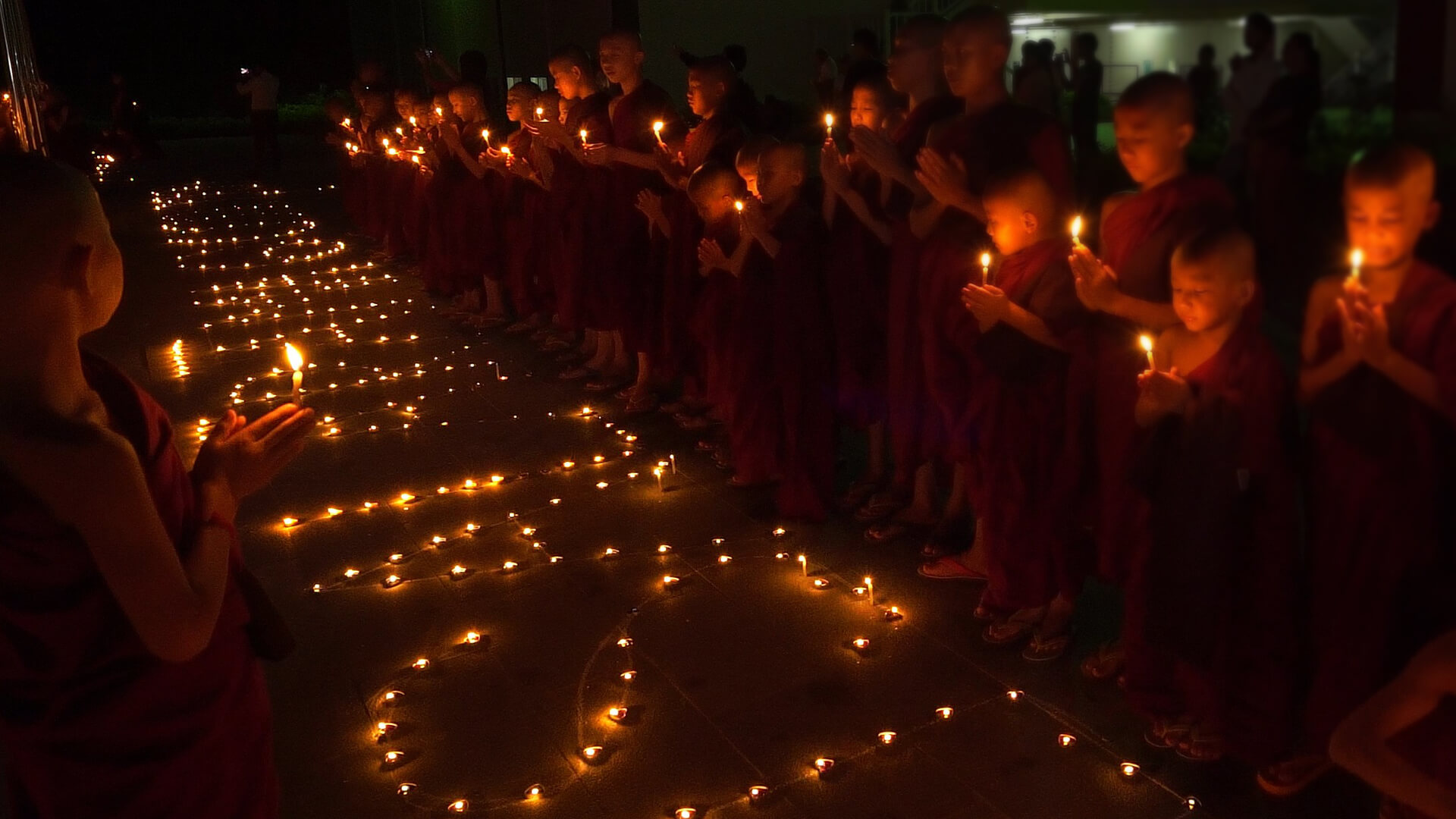
Cross References for The Bright Light Festival of Myanmar
People in Taiwan are generally aware of the basic history of Myanmar, in that the country was war-torn for a long time and her people suffered tremendous calamities. Wounds cut deep into the history of the past and result in the slow pace of modern-day development there. The preservation of the traditional Buddhist culture, however, has managed to remain relatively intact by people in despair and in need.
There are three traditional festivals of particular significance in Myanmar, and these are the Water Sprinkling Festival, the Vassa Festival (Settlement for the Summer Sinhala or the Rains Retreat), and the Bright Light Festival. All actually follow their original customs in Buddhism and thus constitute a major cultural characteristic of Myanmar as the ‘Buddha’s Land on Earth’. Due to the influx of immigrants from south-east Asia into Taiwan in recent years, people have become better acquainted with the Water Sprinkling Festival, which is derived from the Vesak Day (Buddha’s Birthday) and the Bathing-Buddha Festival. The three-month summer retreat for meditative practice and studies of Buddhism that follows is what “Settlement for Sinhala” is all about.
A bit of background check into the “Settlement for Sinhala” leads one to understand that the Buddha himself definitively requested that his followers who have not taken a monk’s vow come stay a three-month period in the monasteries without break. Monks, therefore, did not have to go for alms for the period, and they could hardly be sighted outside monasteries. If, however, Bhikkhus do break the 3-month Sinhala for 7 days, or even go for alms, it would suggest that their monastery is decaying or already in shambles.
With regard to the Bright Light Festival, which falls on the last day of the “Settlement for Sinhala” and the ritual of ‘Presenting the Kasaya’ is performed. It bears some resemblance to the Teacher’s Day in the Chinese culture. The ritual of presenting a robe as a daily clothing for a Buddhist monk or nun in a gesture of gratitude for their teaching in general and the spreading of Dharma in particular is carefully observed and practiced in its time-honored tradition at the LJM School of Sramaneras at Naung Mon. In fact, such act of respect toward the teaching faculty continues to be a common practice throughout much of Myanmar today.
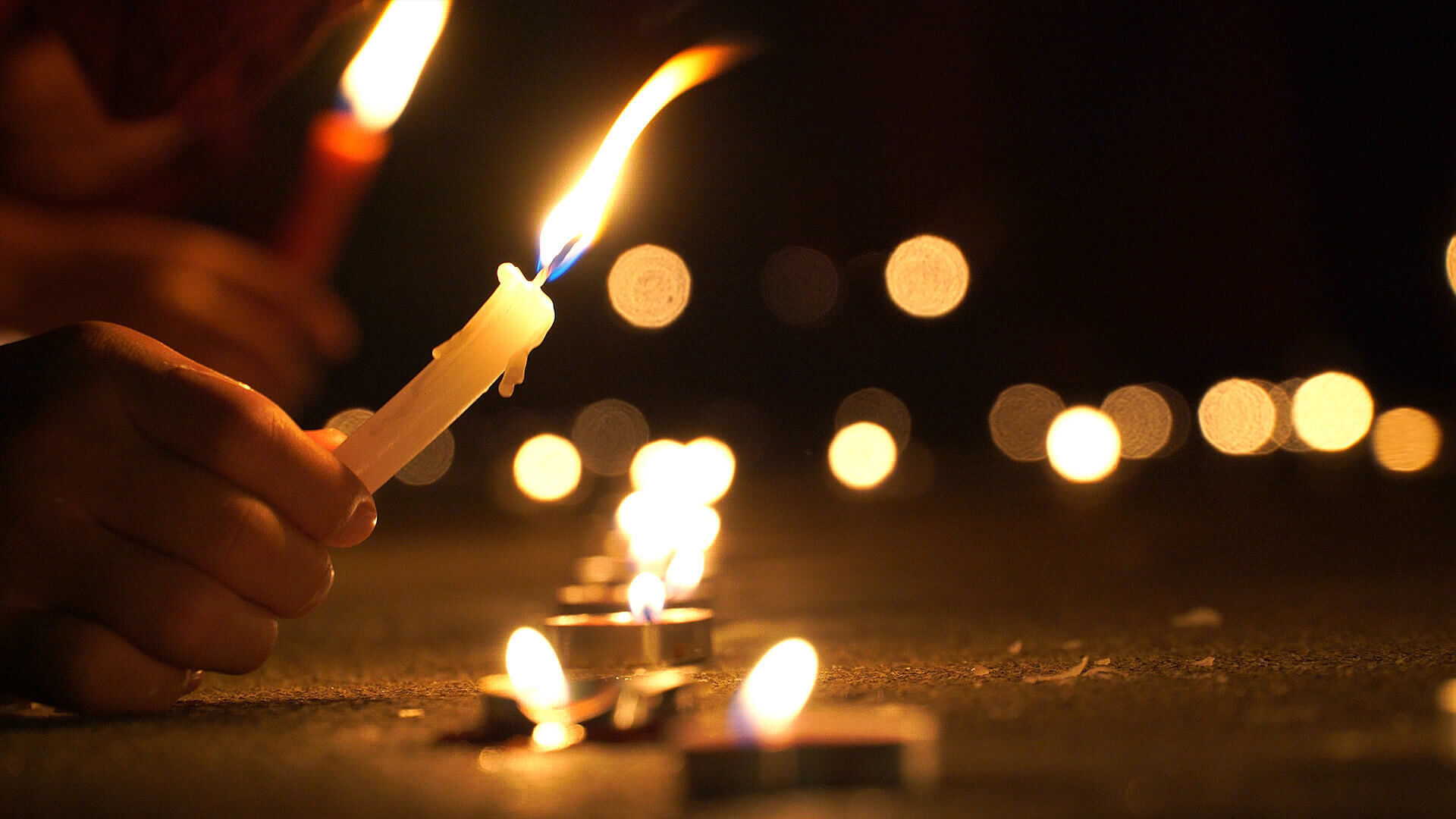
Telling the Story of the Festival of Bright Lights in Myanmar, the Buddha’s Land on Earth
The Dharma Wheel turns in Heaven, and Shabda Brahman, the transcendental sound, flows from Heaven.
Trees of lights shined on by thousand beams, and flames flicker on every other 7th twig.
Reflection of the Moon doubting the water’s flow, and the scent of plum blossom at night is in the wind of Spring.
Flapping flags tremble the golden ground on which they stand, and bells chime from within the glass altar.
Talking about traditional lantern festivities, the Chinese folklore of the Lantern Festival ranks high on the list and enjoys a long history of over 2 millennia already. But few people are aware that the festival, in fact, owes its origin to the introduction of Buddhism into China in the Han dynasties. The Han Emperor Ming was a Dharma devotee and ordered that lights be lit up at night on January 15th of the Lunar calendar as a way of paying homage to the Buddha. The general populace followed suit and a festival began to take root. The given date marks the year’s first full moon, the official ending of the half-month celebration of the Lunar New Year holidays, and the quasi-official beginning of a new year for an agricultural society. The festival’s prayers for a prosperous year with bountiful harvests quickly became widely popular and celebrated by aristocracies and common folks alike across China.
As the Chinese lantern festival relates to Buddhism, it makes sense to believe that a similar folklore would of course enjoy popularity in neighboring Myanmar as the Buddha’s Land on Earth. In fact, the Bright Light Festival as it is called in Myanmar does not shy away from comparison and is in effect larger in scale as it usually lasts 3 days beginning on Myanmar’s Lunar 15th of July (mid-October by the Solar calendar). All households throughout the land light up many candles and the flickering light everywhere against the dark night is a feast to the eye. By comparison, the Chinese lantern festival usually attracts big crowds in high, celebratory spirit for one elated and joyous evening, whereas the Burmese Bright Light Festival basks for three consecutive nights in the warm glow of candlelight with a touch of serendipity to it and in awe of the Buddha, and a naturally quiet and peaceful bliss is its hallmark.
The Burmese Bright Light Festival came about because of a legend that told of the story of how the Buddha would ascend to Heaven, observe the commandments and recite the sutras for all three months of the monsoon season before returning at sunset to our world on the Lunar July 15. The candlelight signals a respectful welcome-back and monastic monks refrain from trips and stay put in their monasteries for advancement in their Dharma studies practice. The three-month period is thus called the Vassa Festival ('Settlement for the Summer Sinhala’ or the Rains Retreat), and its end ‘Summer Relief’ that signals the kickoff of the Bright Light Festival to welcome the return of the Buddha. The Festival remains a key annual celebration in modern-day Myanmar.
For all three nights of the Bright Light Festival in Myanmar, light of all sorts is everywhere, as are light tents in downtowns and suburbs, where colorful lights adorn streets and buildings. In particular, the countless stupas, temples, and monasteries are decorated with candle or low-watt light in mosaic and totemic patterns that never cease to amaze. Fireworks here and there light up the nightly skies in majestic ways. And away from the rowdy celebrations of city crowds, urban monasteries and temples as well as the countryside offer a warm glow in golden beams that fills their surroundings to soothe and calm down people basked in the Dharma’s blissful atmosphere.
The Dharma Wheel turns in Heaven, and Shabda Brahman, the transcendental sound, flows from Heaven.
Trees of lights shined on by thousand beams, and flames flicker on every other 7th twig.
These are the first four verses that started us off at the top of this story, and the poet is none other but the controversial Emperor Yang of the Sui Dynasty. He ascended the flight of stairs of the southern tower of his royal palace on the eve of the lantern festival to take in the view of his subjects celebrating joyfully. For a moment he was on an ego trip and secretly compared the scenario to what he imagined the Buddha must have experienced upon returning to our world: the bright illumination emulated the Dharma, the turning wheel of Dharma symbolized the world, and the sound of his celebrating subjects from the streets below were to his ears like the Shabda Brahman for the Buddha. We can relate to such sentiment, only with a lot of more respect and awe. Lighting up the candles, lanterns, oil lamps, and what have you, we automatically appreciate the wisdom Heaven graciously granted us that washes away our troubles by day and worries by night, and allows us to praise the gift of life that bonds us with Heaven-sent good karma.
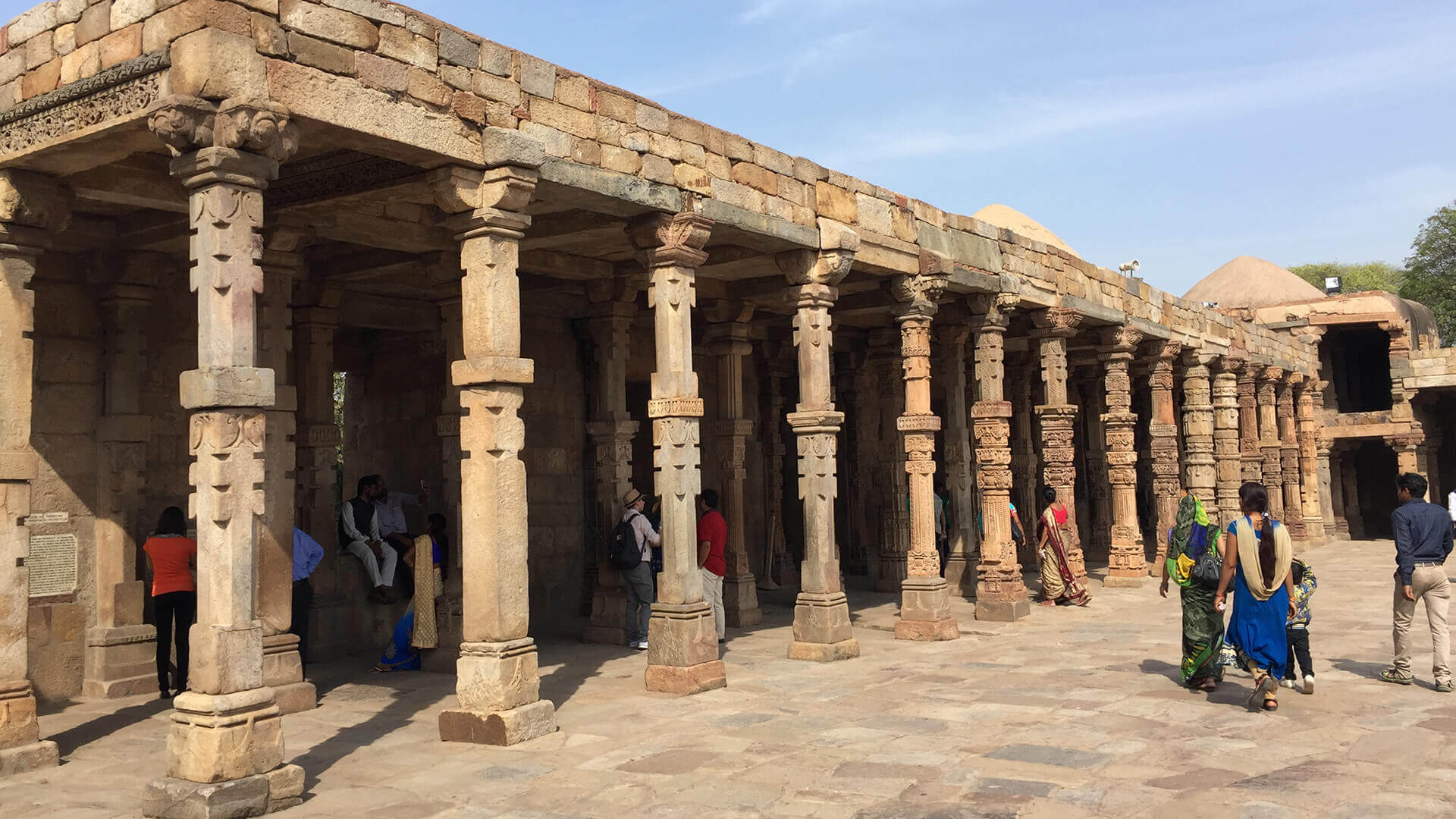
The Wonderfully Different Religions of the World
Every religion owes its origin to a unique set of circumstantial and spiritual background, and no matter the geographic location, there is a corresponding faith, as long as there are sentient beings. In this special program we take Buddhism for our starting point, and our exploration of other religious cultures unfolds. Welcome to join us on a journey to gain insight into a time-honored topical issue: Religion.
Buddhism originated in ancient India with a fundamental doctrine that begins with a relief from suffering. The Dharma is taught in a myriad of ways, yet all aiming at getting the disciples and followers to pursue purity of mind via spiritual practice to finally escape suffering and retain happiness. For our mundane life, the wish is universal to stay away from suffering and go after happiness instead. On major issues such as life philosophy, the Way and its alternatives, and the sensitivity of timing, different religions echo similarities, sometimes more, sometimes less. What they do share in common is the yearning for love and peace. Let us take India, where Buddhism was born, for a subject of study and try to appreciate other local religions and how sentient beings pay homage to their faith.
Let us take a look at Hinduism and Sikhism first and see how different religions manifest themselves in people’s life and how people become accommodating by way of understanding. Let us find out about the common ideal for life as shared by different religions, and let us really get to know one another with love and accommodation. And finally, let us cross over prejudice and march together towards an authentic world peace.
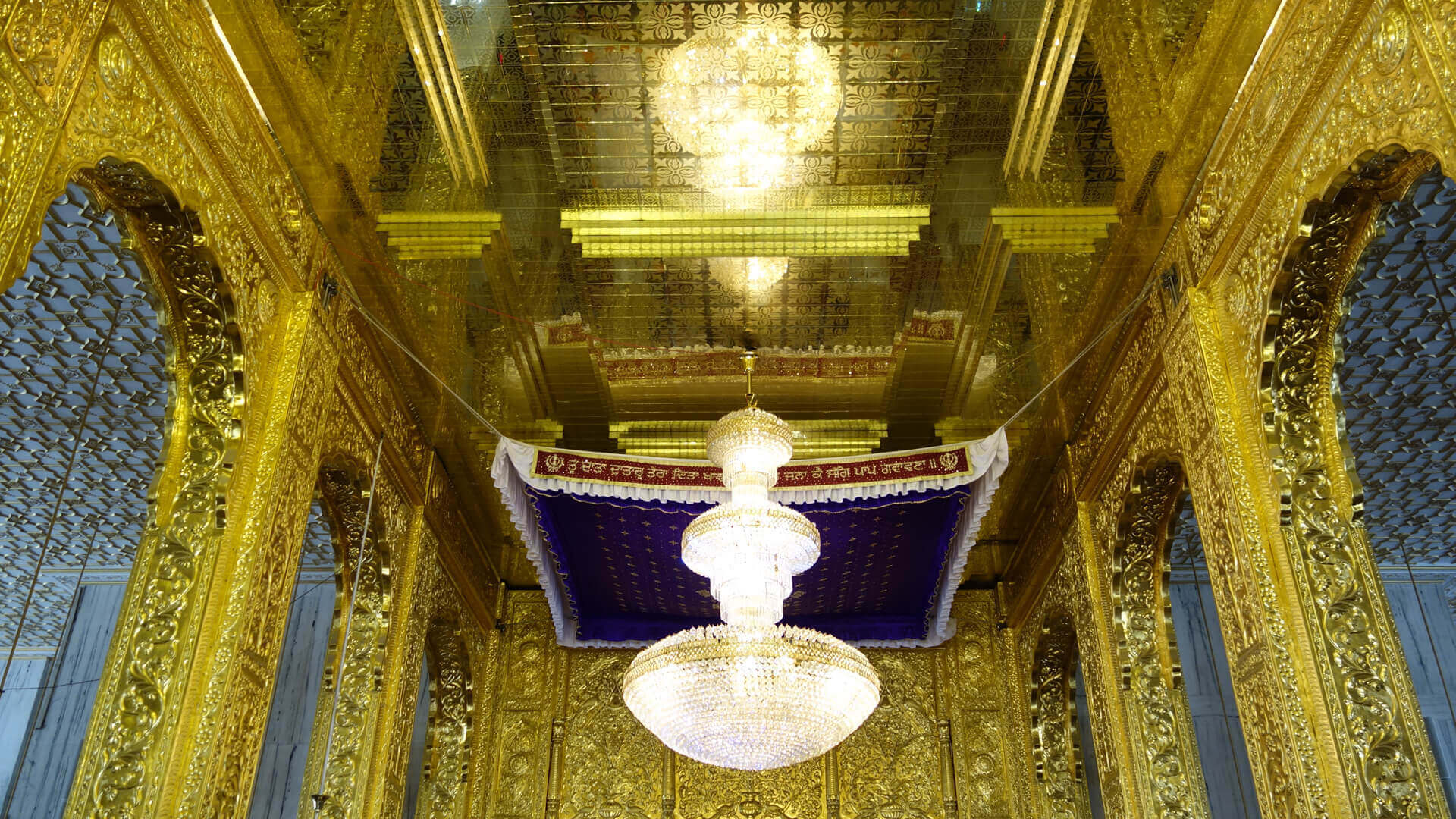
Hinduism / Sikhism
India as a country not only consists of many races for her people but hosts religion of many kinds. Several important religions originated in India, such as Buddhism, Hinduism, Jainism, and Sikhism. Over 80% of her population are Hindus and worship three principal deities: God of Creation ‘Brahma’, God of Protection ‘Vishnu’, and God of Fertility and Destruction ‘Shiva’. Co-existing alongside Hinduism in India are many other faiths such as Islam, Sikhism, etc. Such diversity is not without implicit worries, but it has brought along a rich and colorful religious culture.
Of all the institutionalized faiths, Hinduism is the most ancient and it incorporates a diverse concept of God and terms like polytheism and pantheism, among others, apply. Hindus believe that souls of human and sentient beings are eternal, and subscribe to the notion of karma and cyclic reincarnation. Accordingly, individuals can only attain Brahma by way of spiritual practice and accumulative good deeds. And from there you pursue moksha, which is core to Hindu philosophy and the ultimate goal of life for all Hindus.
In comparison to Hinduism, our countrymen know even less about Sikhism. As opposed to the caste system upheld by Hinduism, Sikhism stresses equality for all and is against caste-induced segregations, prejudice against women, and idol worship. Close to the Connaught Place in Delhi, the Gurudwara Bangla Sahib is probably the most famous house of worship of Sikhism, with the golden dome as its characteristic architecture. Upon entering any Gurudwara, Sikhs take off their shoes and men wear turbans and women put on chiffons before saying their prayers. There appear to be similarities with the Islamic dress code at the first sight, but there are differences indeed. Just follow our program and see how we unveil the mysteries for you.
One can almost say with certainty that religions differ in doctrines and philosophies, but always rely on people’s spirituality as the main conduit for their practice to bring the world closer to a domain ideal for the heart and soul. We hope that it becomes easy for you to sense the power of peace and bliss as the core value of the religions we introduce in the program.
